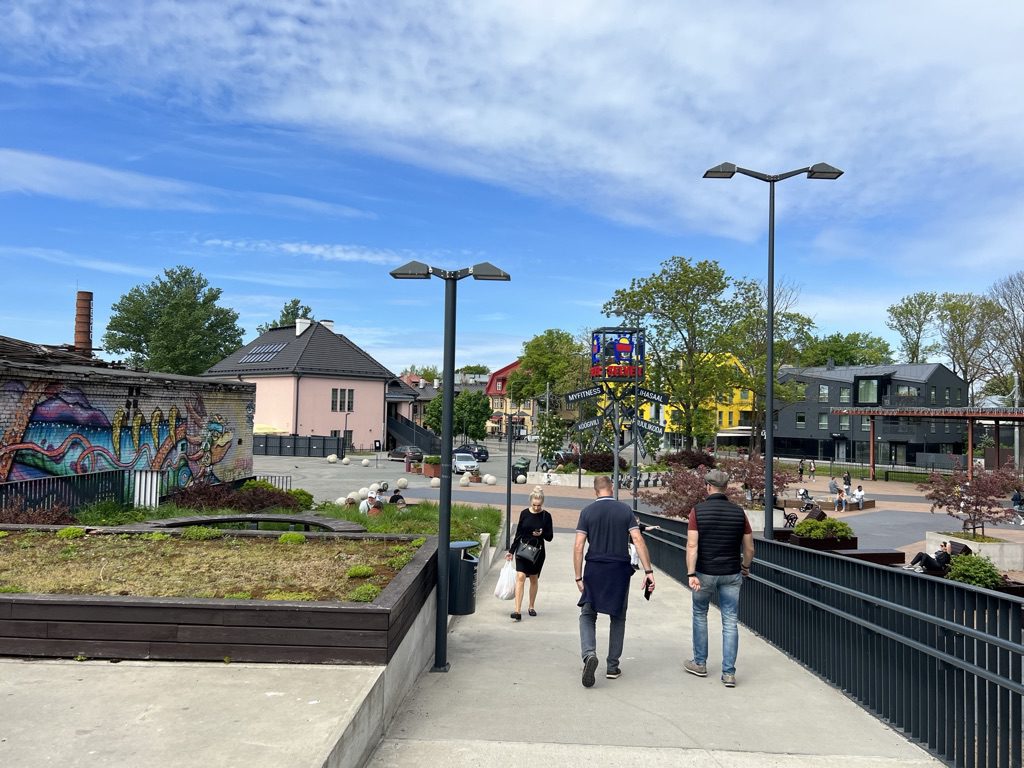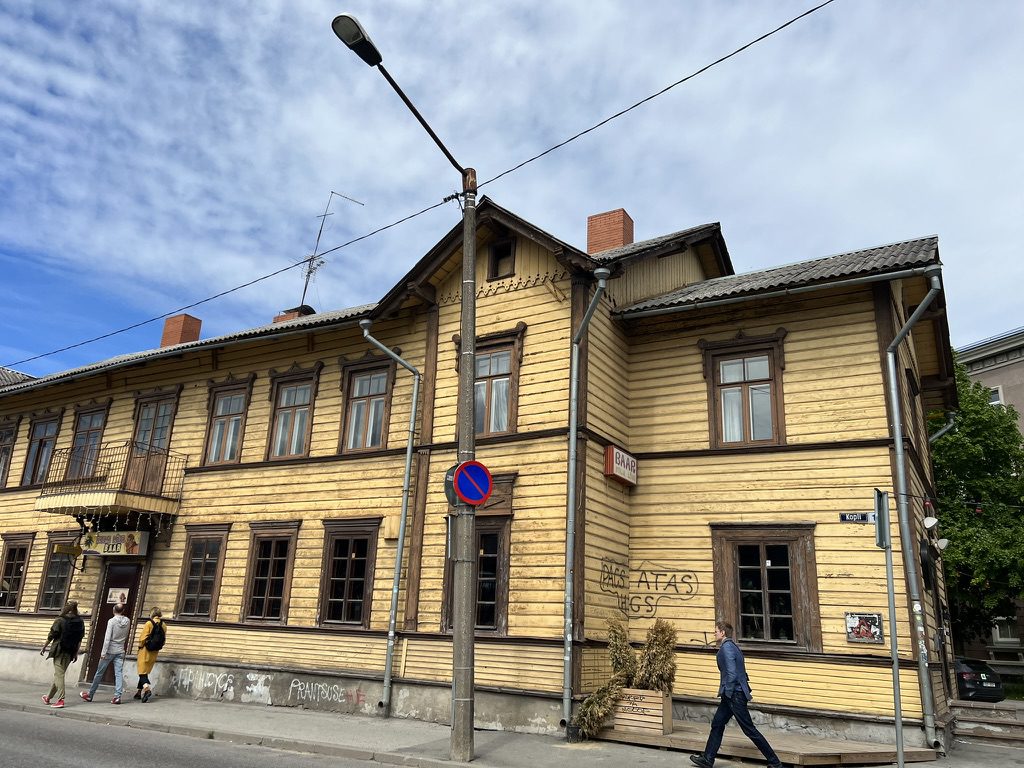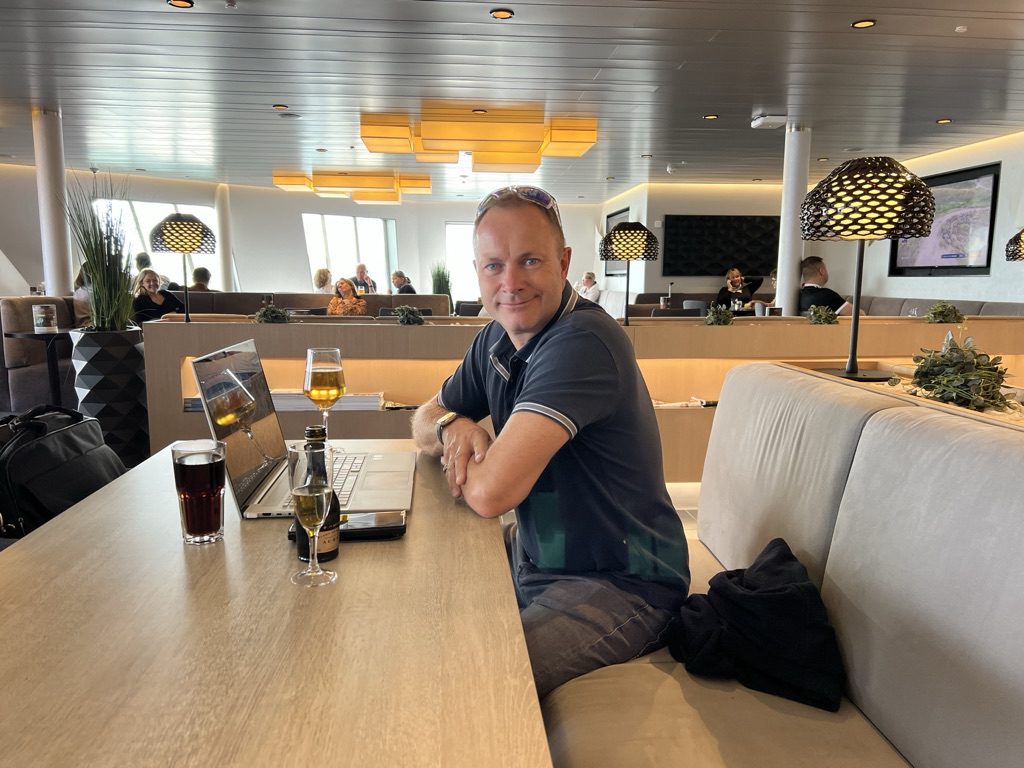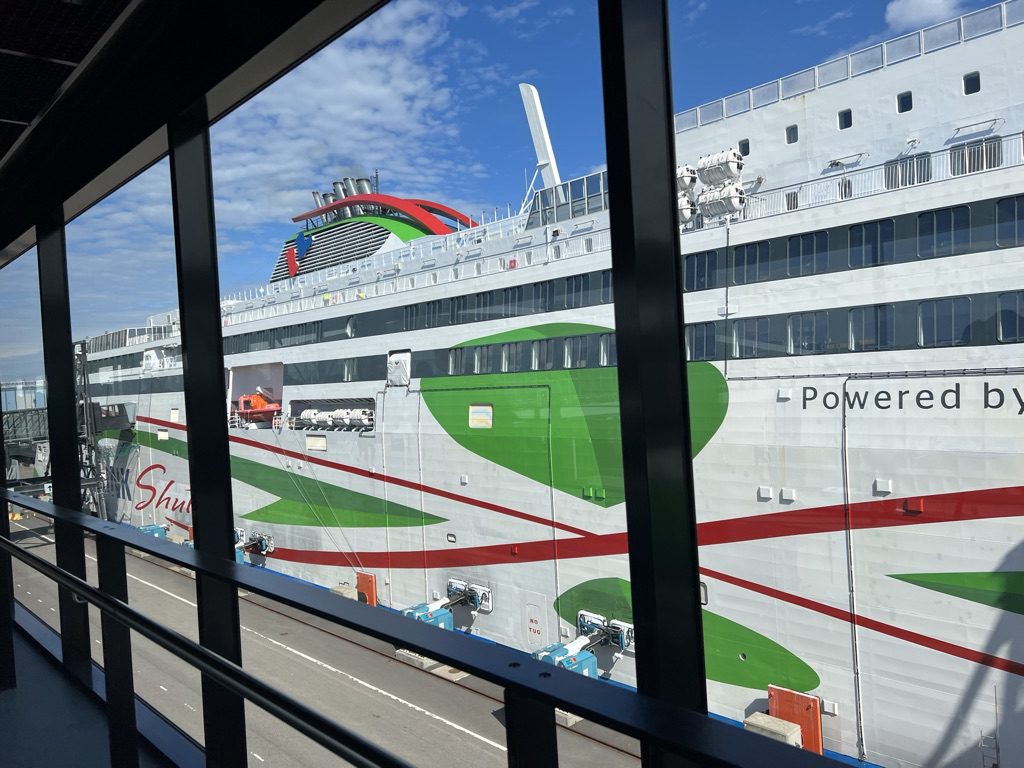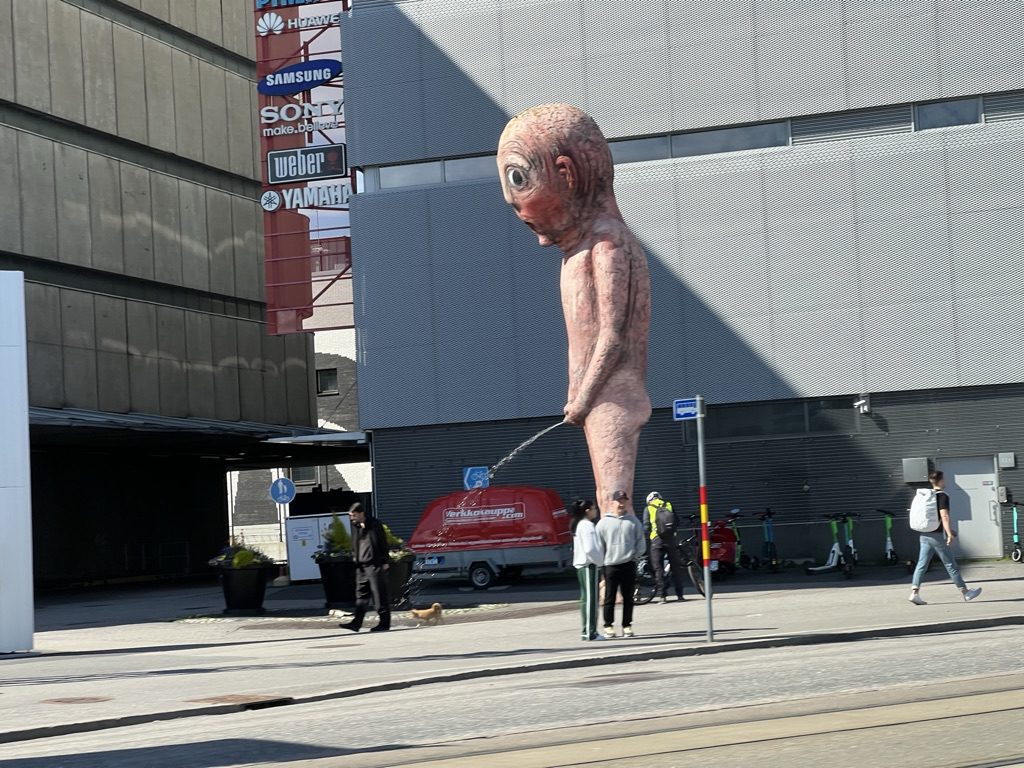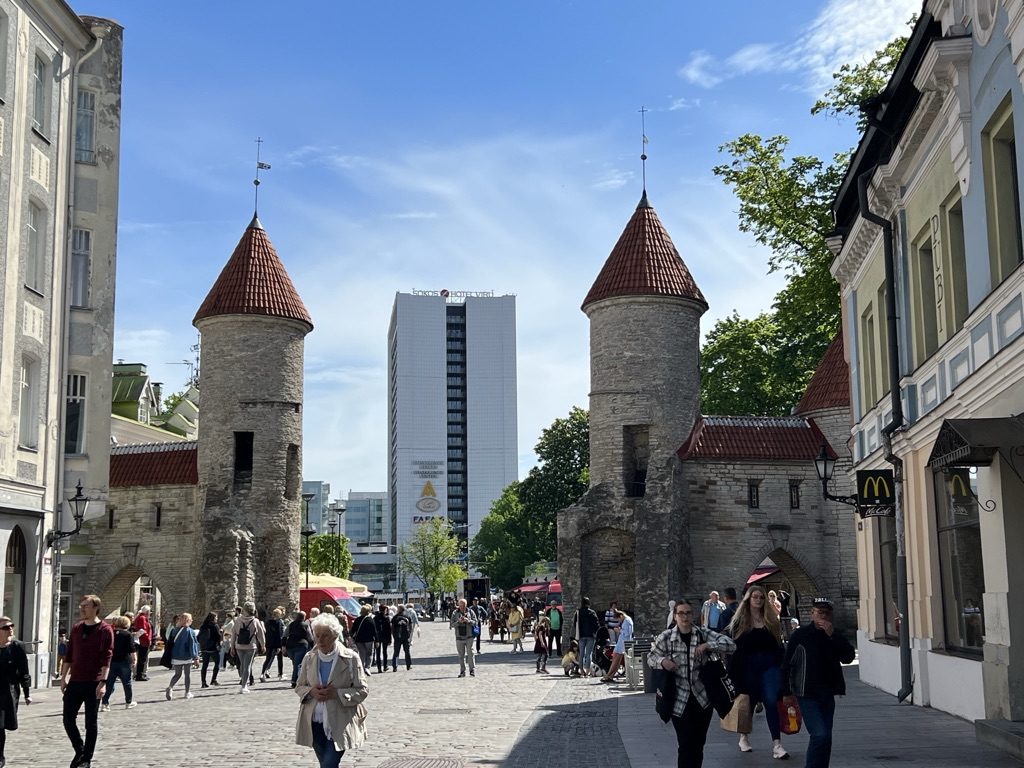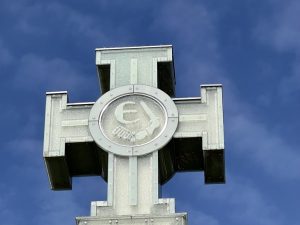🙂 Beautiful architecture.
🙁 Not there long enough to form an opinion.
Currency: Estonian Kroon
We had a day at our disposal at the end of our trip to Finland so we decided to take the 2 hour ferry trip from Helsinki to Tallinn. It was very easy to book the tickets on line with the Star Class Shuttle and they were very reasonably priced. The departure area was very well structured and sign posted and boarding was quick and efficient. We left promptly at 7.20am for our 7.30am departure slot and ordered an orange juice and a coffee and enjoyed the smooth crossing.
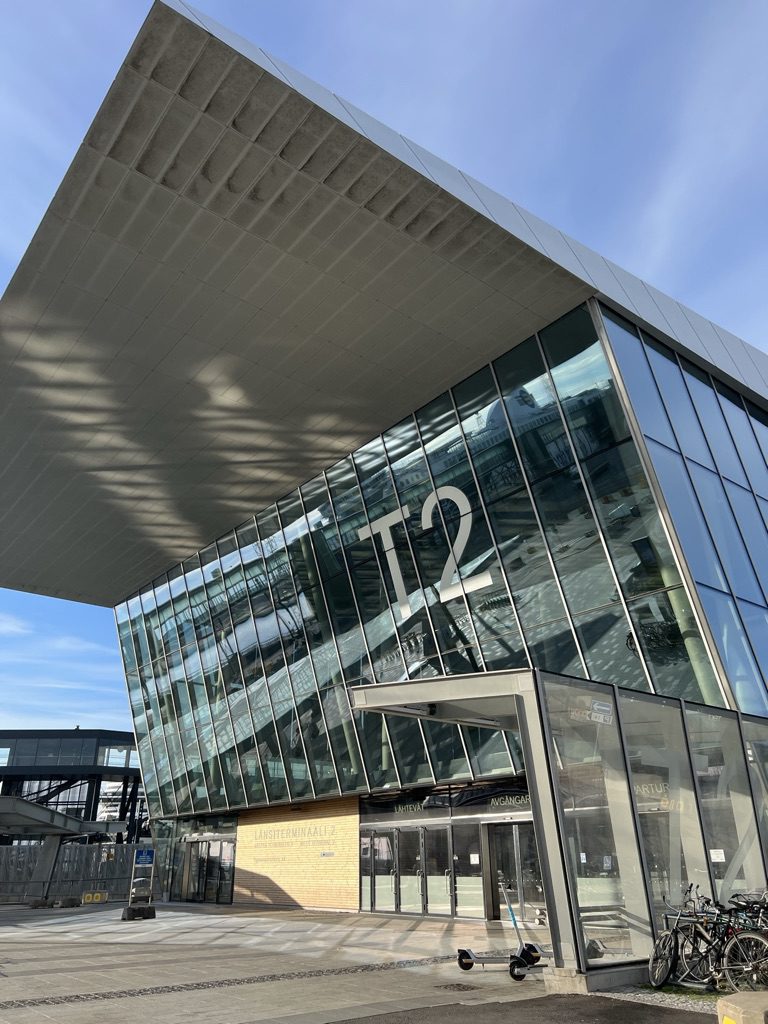
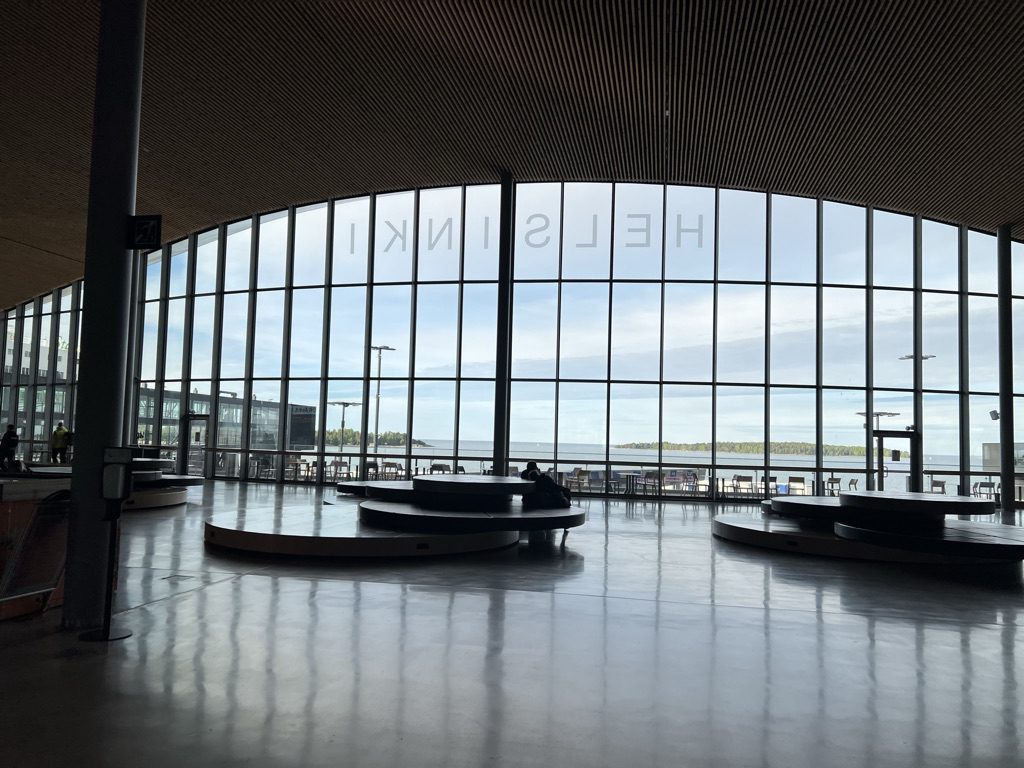
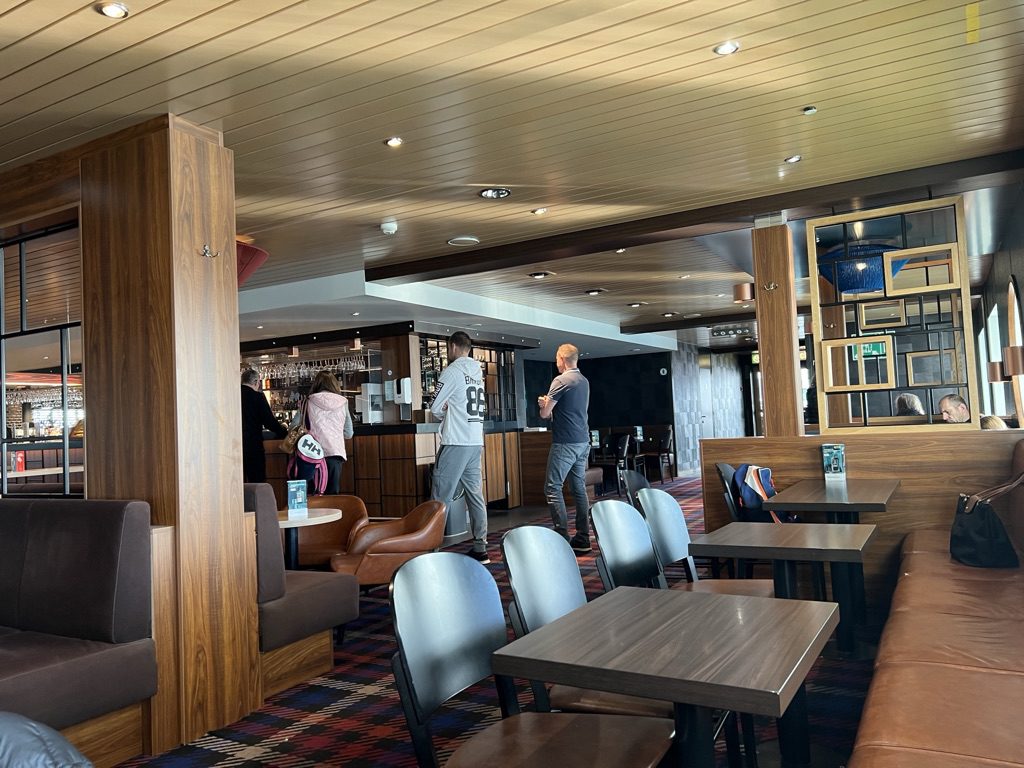
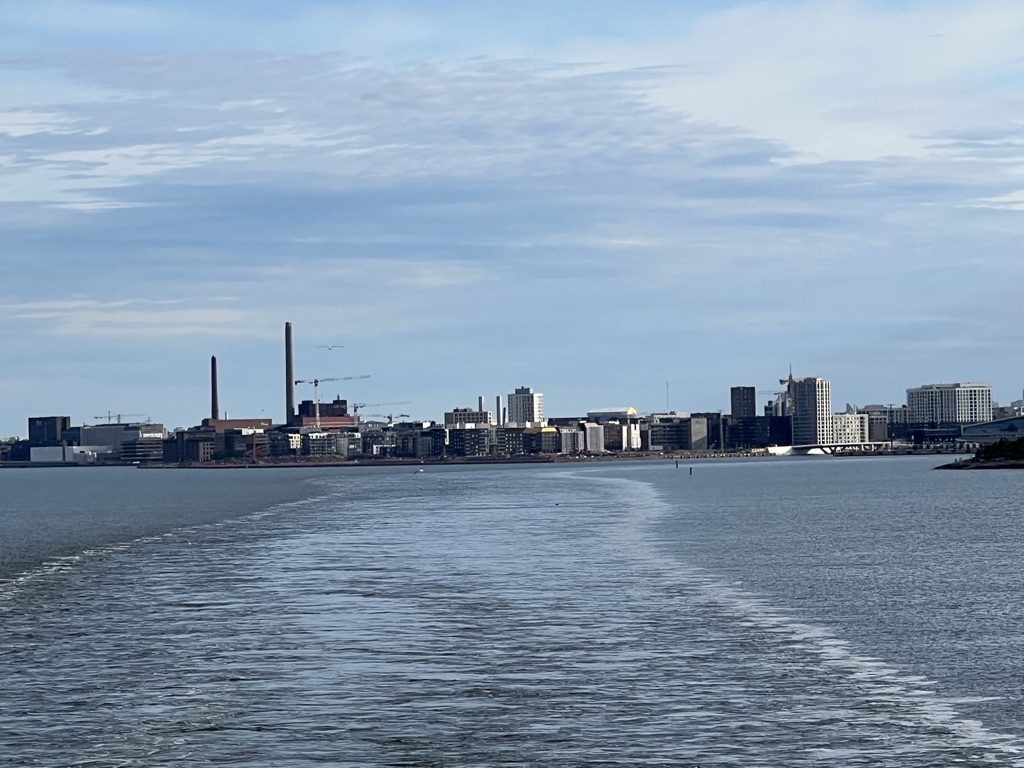
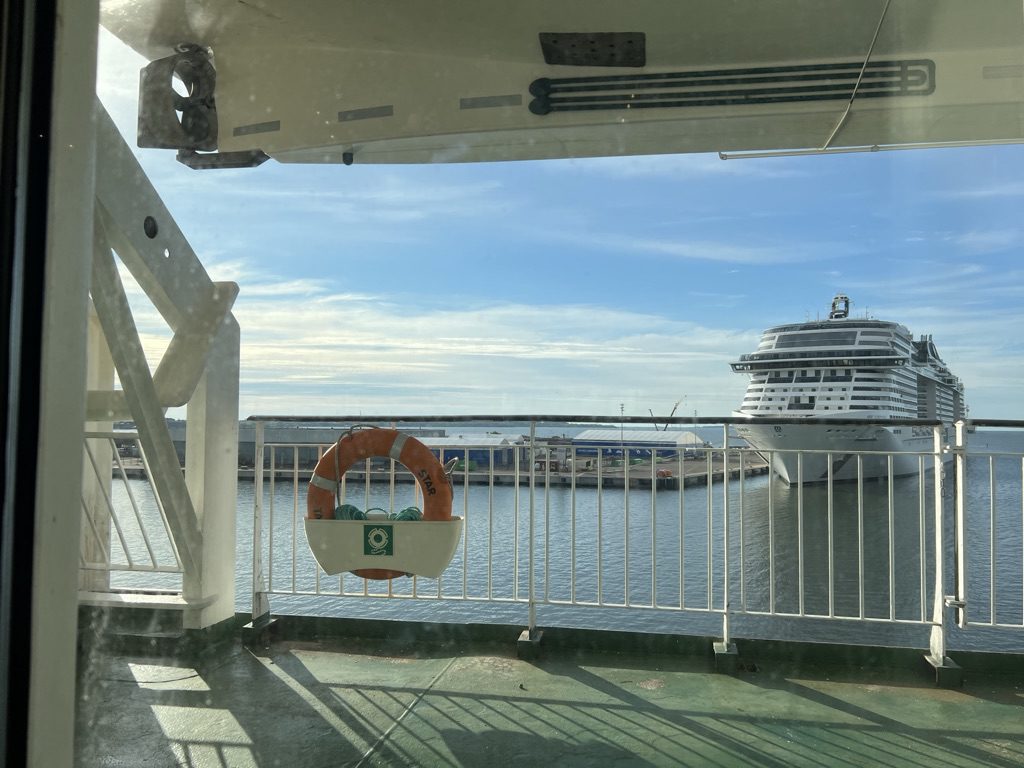
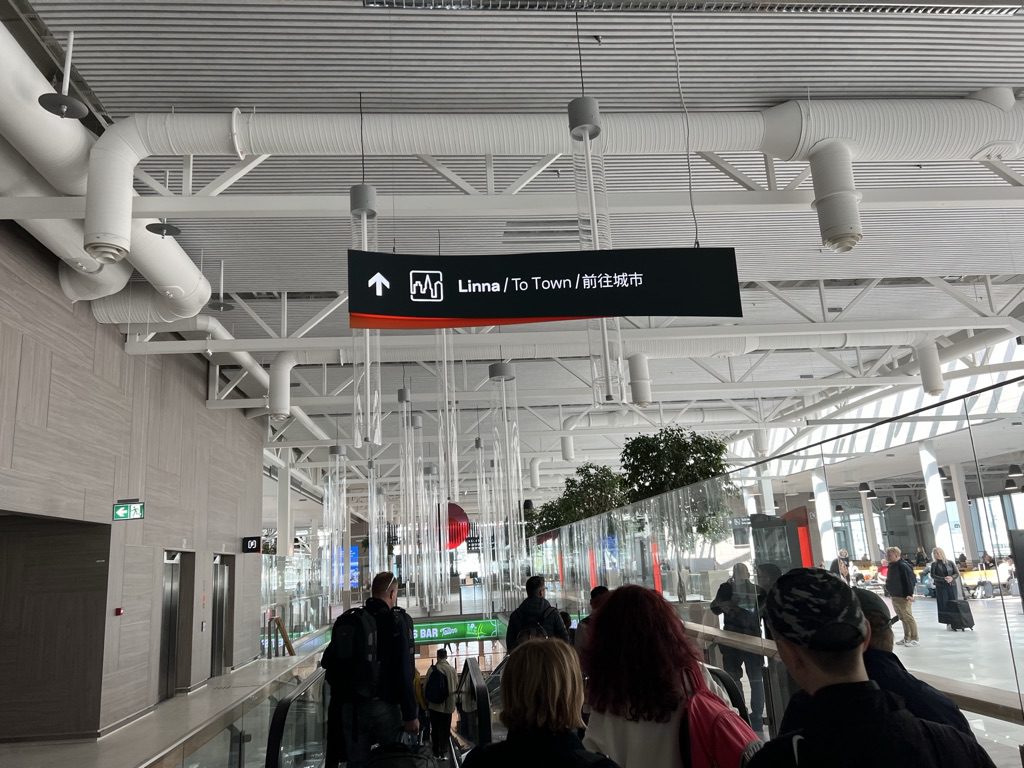
On arrival we were met by Paul from Food Sightseeing Estonia (FSE). He was aware that we needed to be back at 1-m and had tailor made our tour for us. It was very green and picturesque and the first sight that we saw welcomed me to Tallinn!
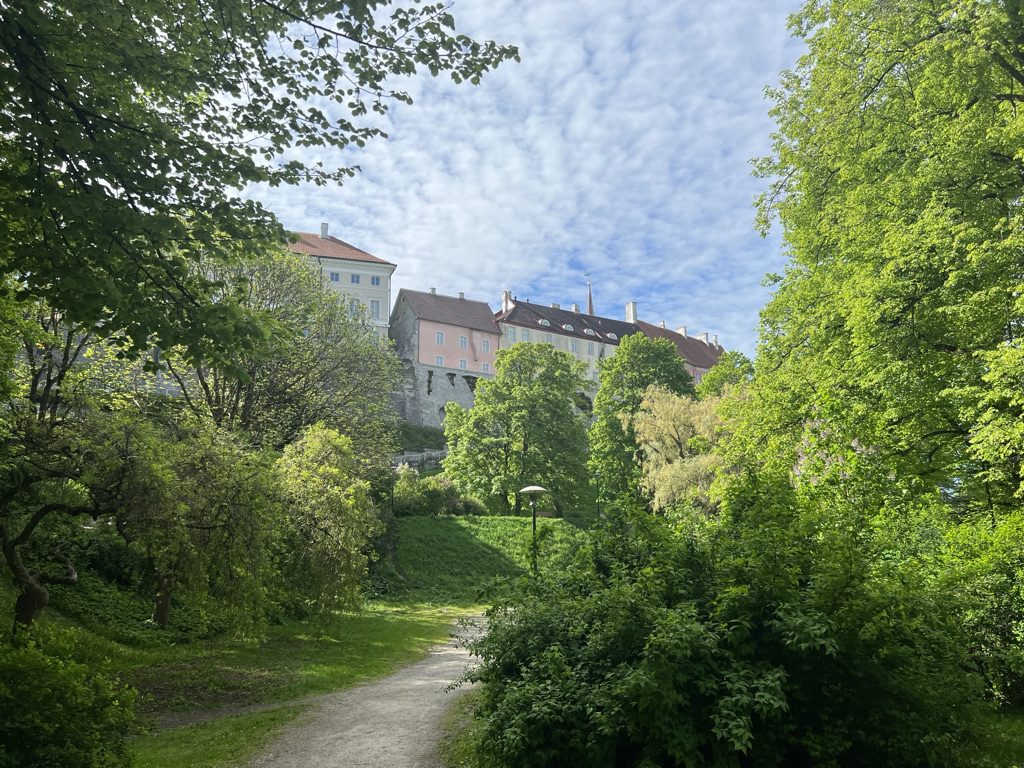
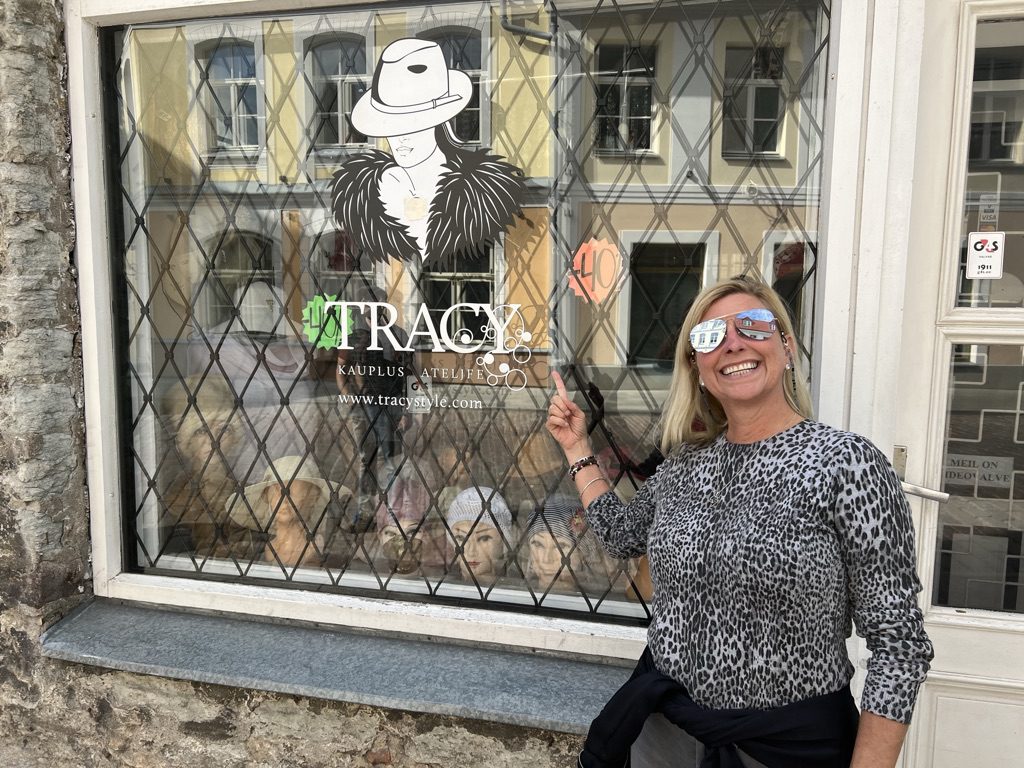
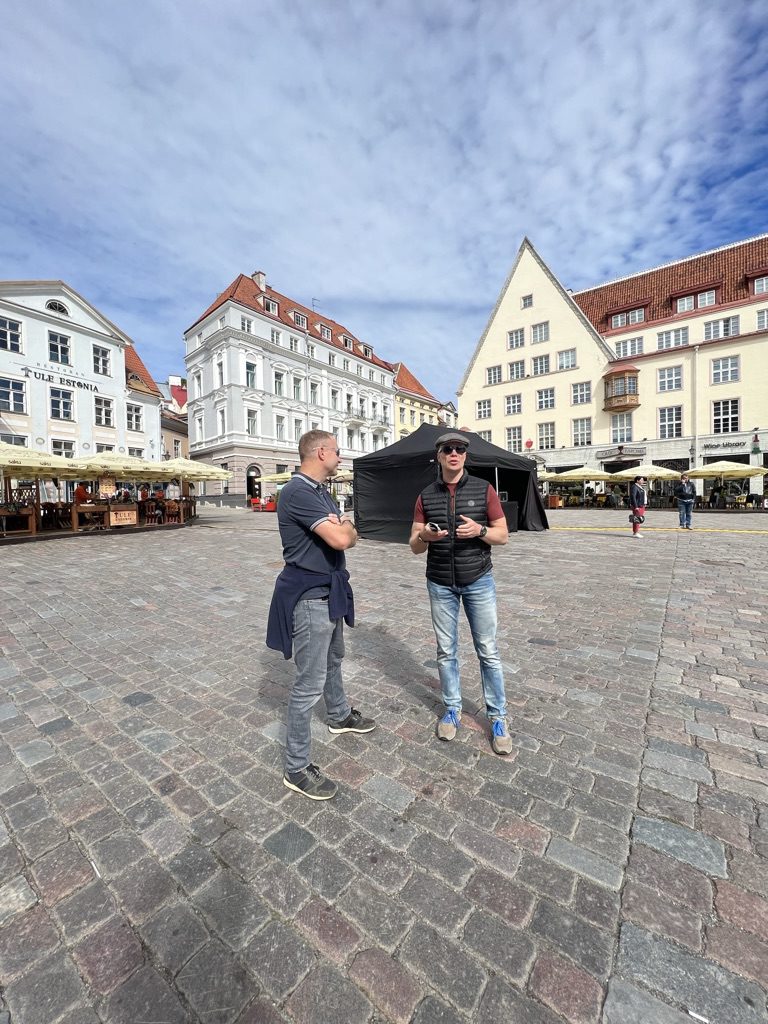
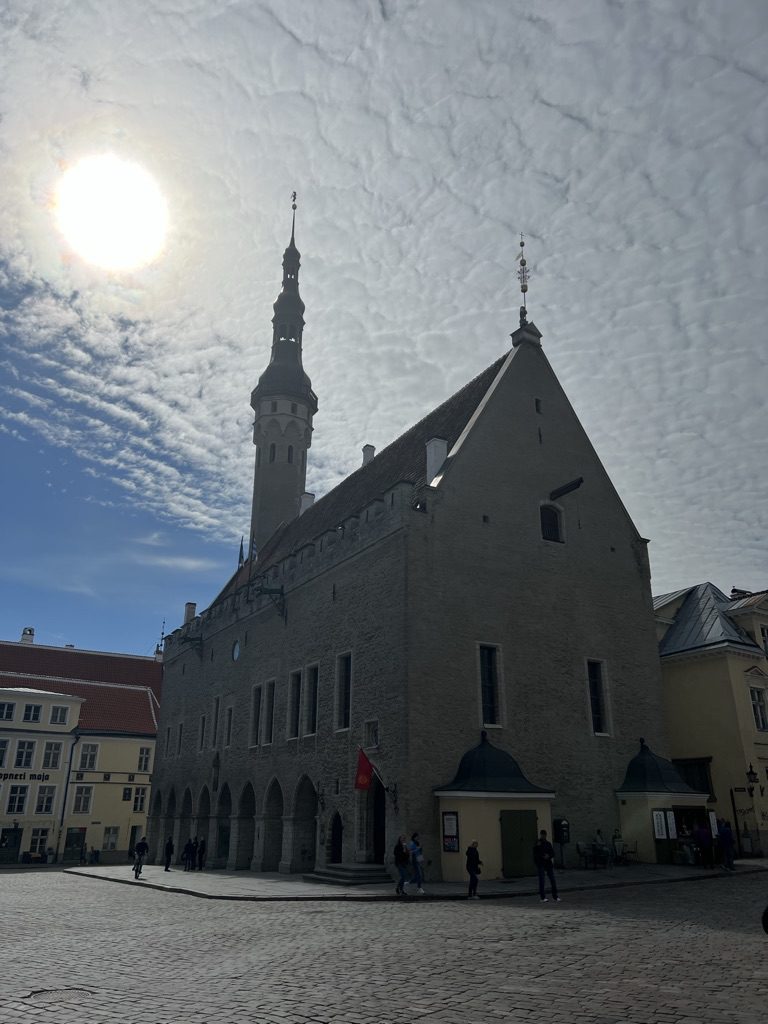
We walked to the City Square and Paul shared some of the history. The Tallinn Town Hall built in 1322 marked its 700th year in 2022! There are two gargoyles in the form of dragons. Located inside the Town Hall is a restaurant called the 3rd dragon – we were very disappointed that it was not yet open for us to sample. It has a themed medieval look and feel and menu including elk sausage and other foods served in that era. Olde Hansa also provides a medieval dining experience. We will just have to go back one day!
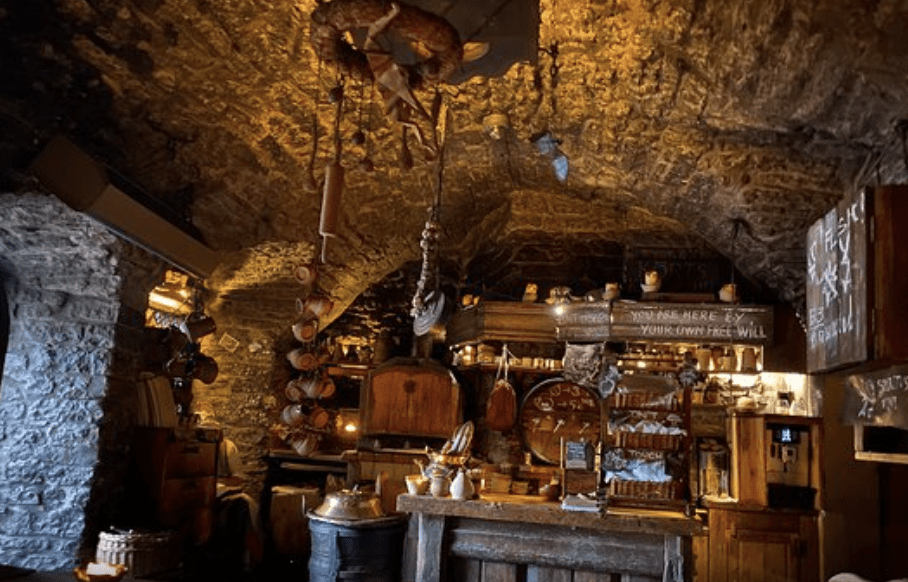
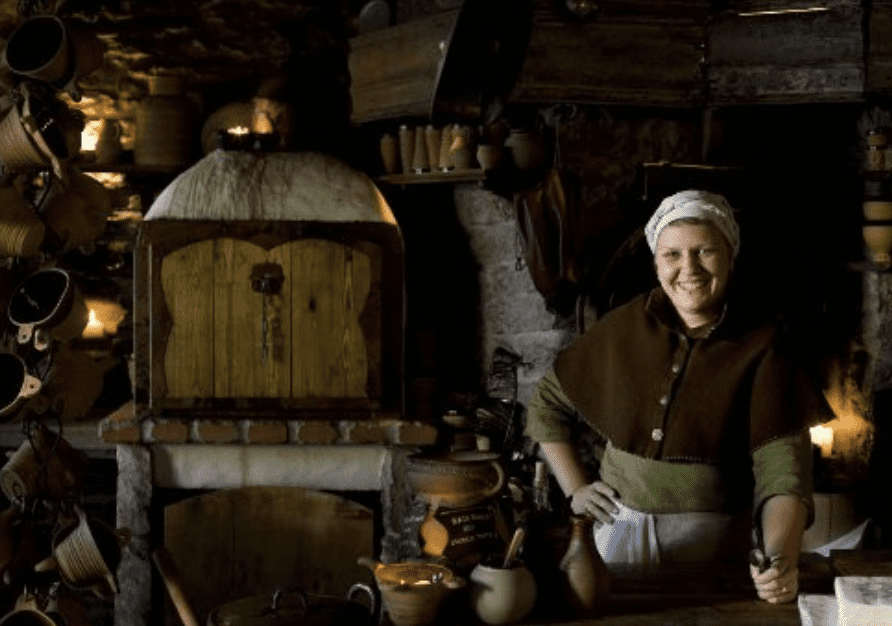
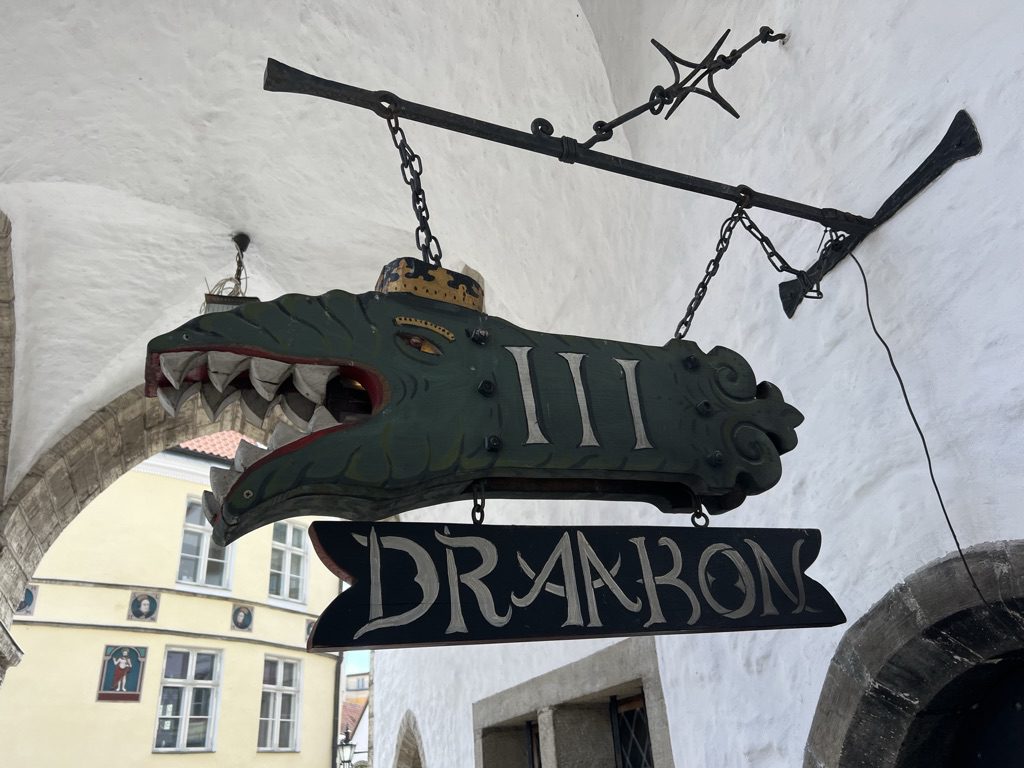
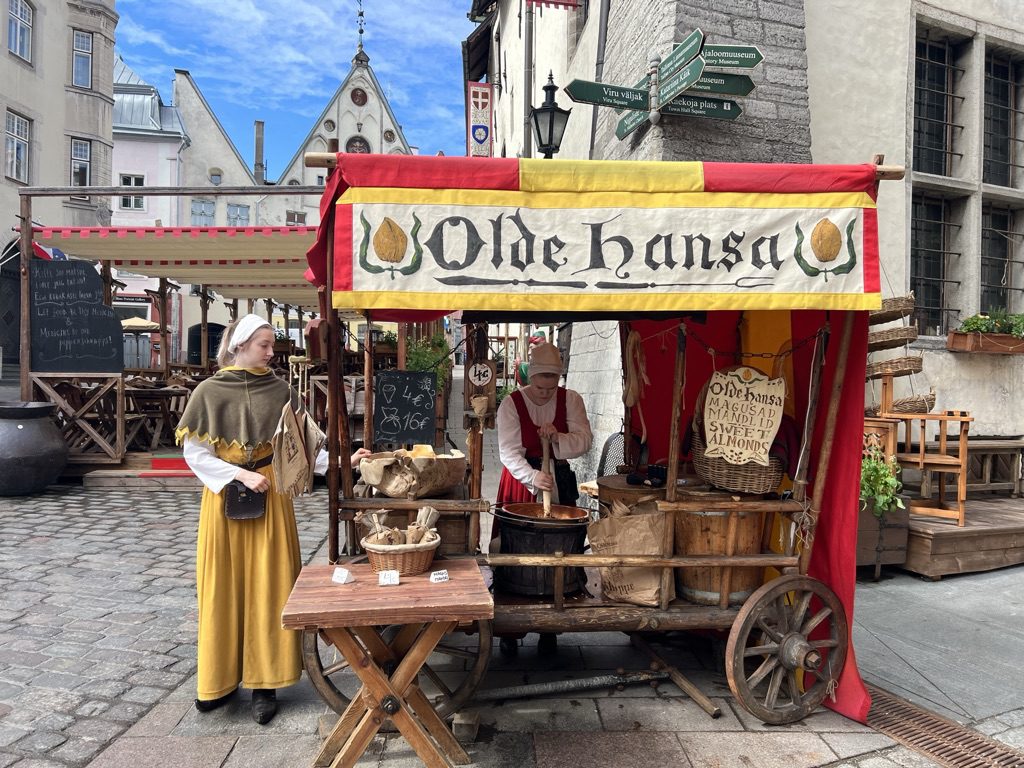
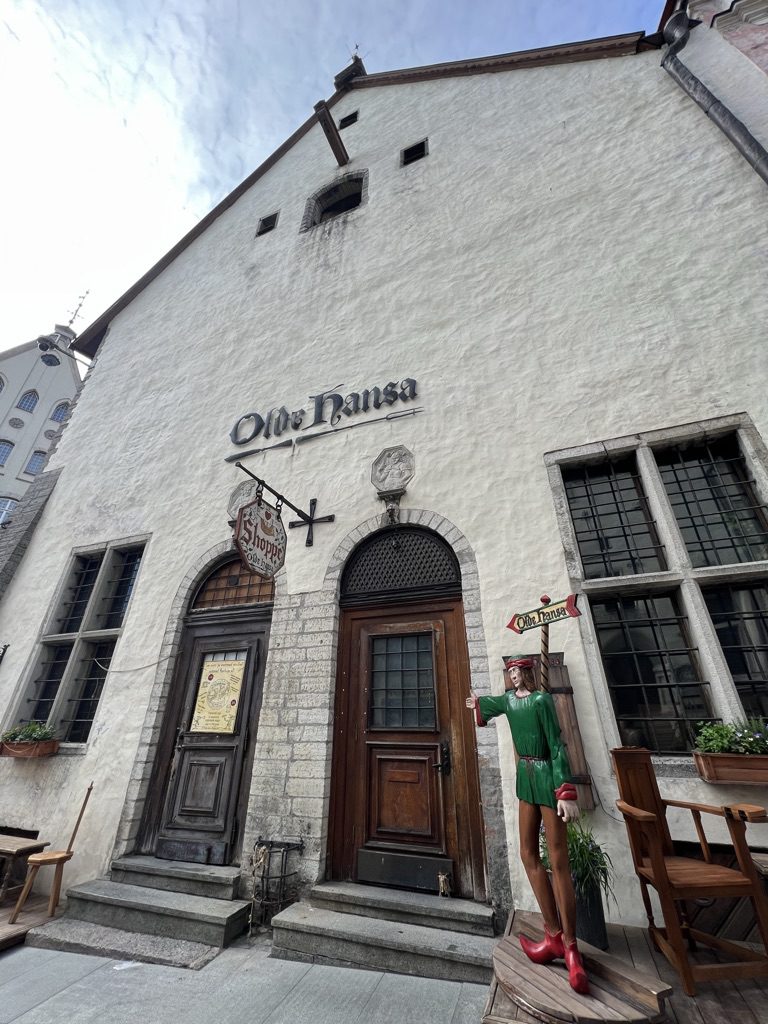
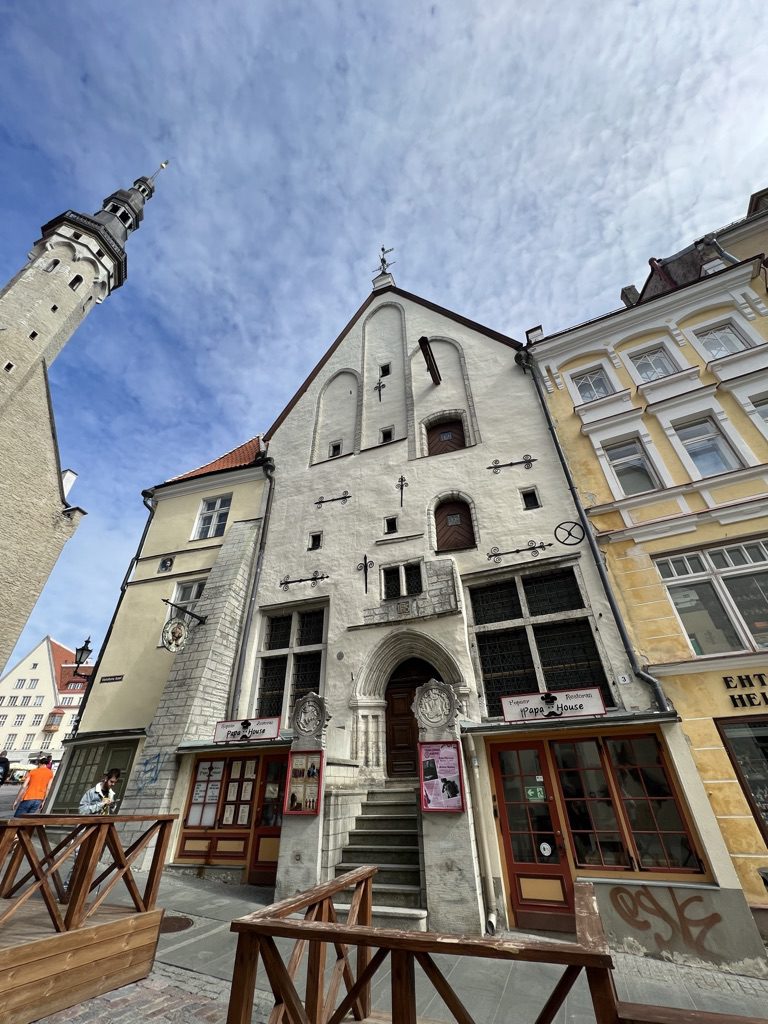
Another historic building, only 600 years old is the Town Hall Pharmacy where marzipan was invented in 1422! It was listed as a medicinal product to cure the pain of lost love! Other popular medicines included snakeskin potion, mummy juice, powdered unicorn horn and Claret (a Rhine wine mixed with different spices and brown sugar).
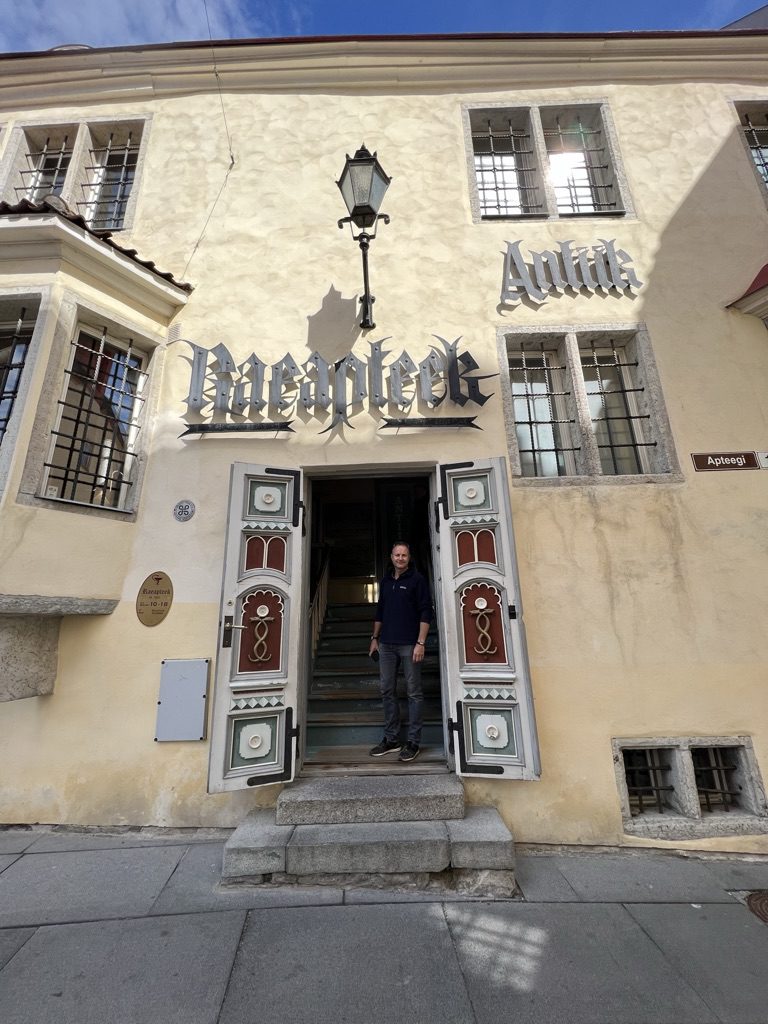
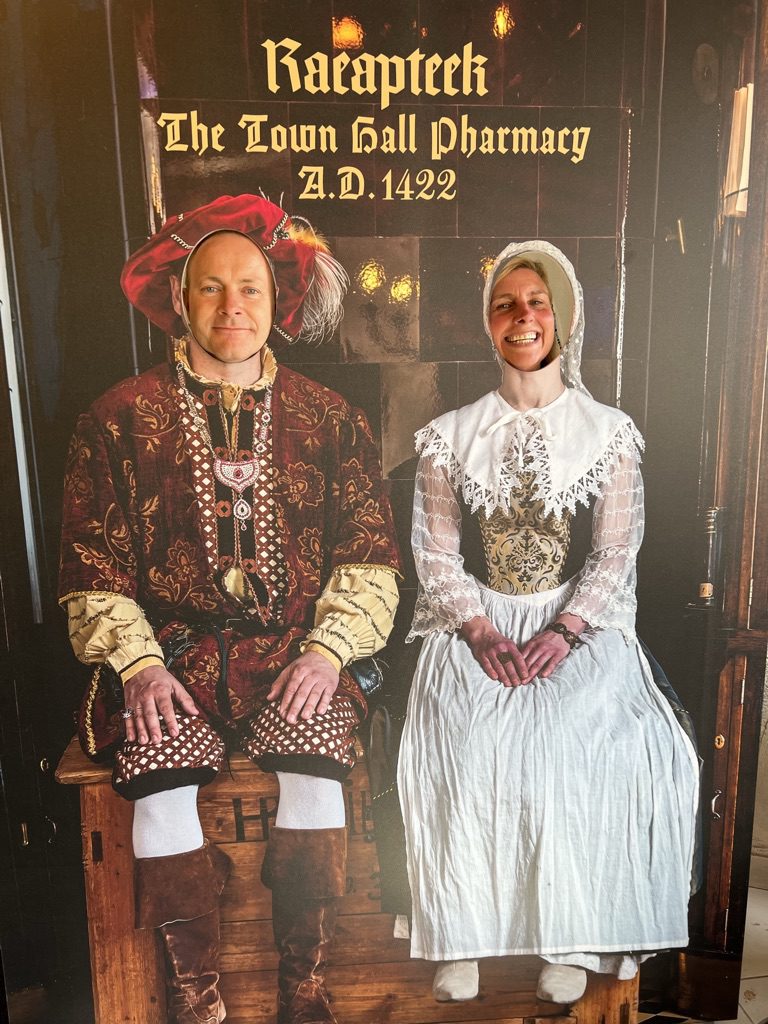
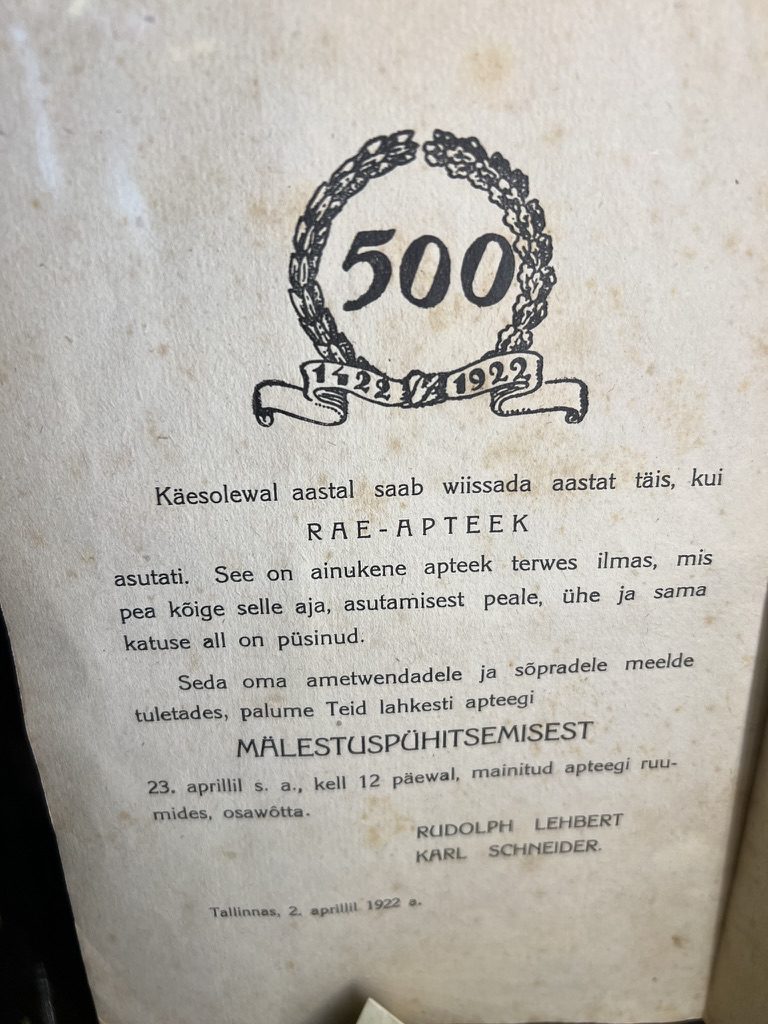
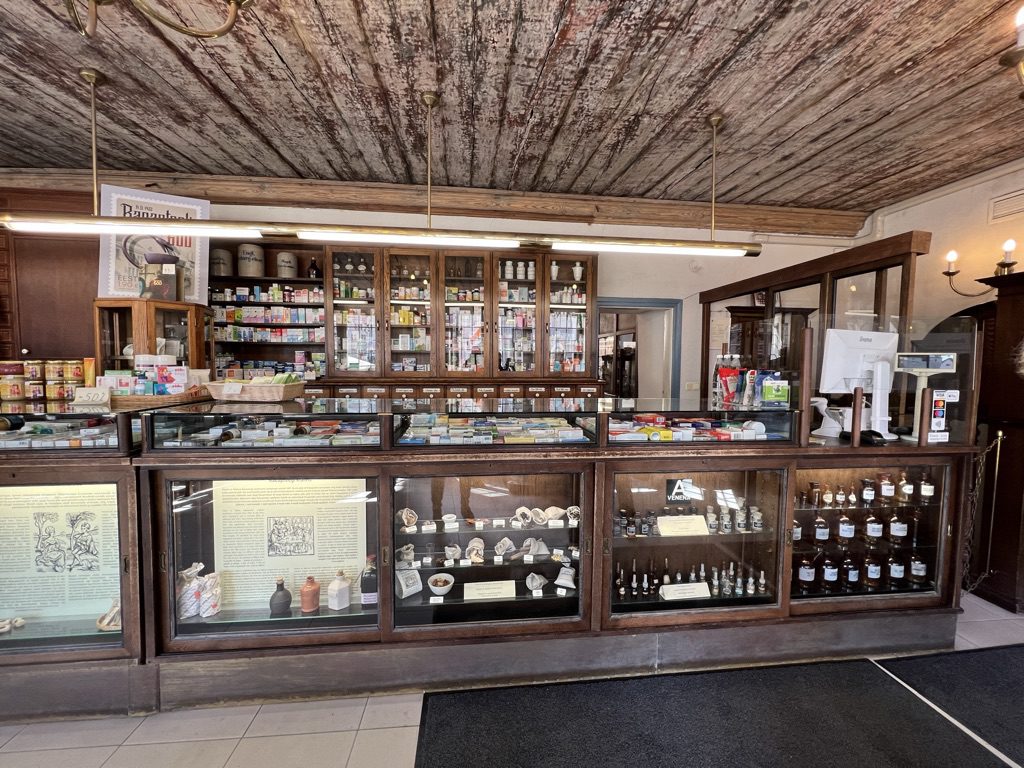
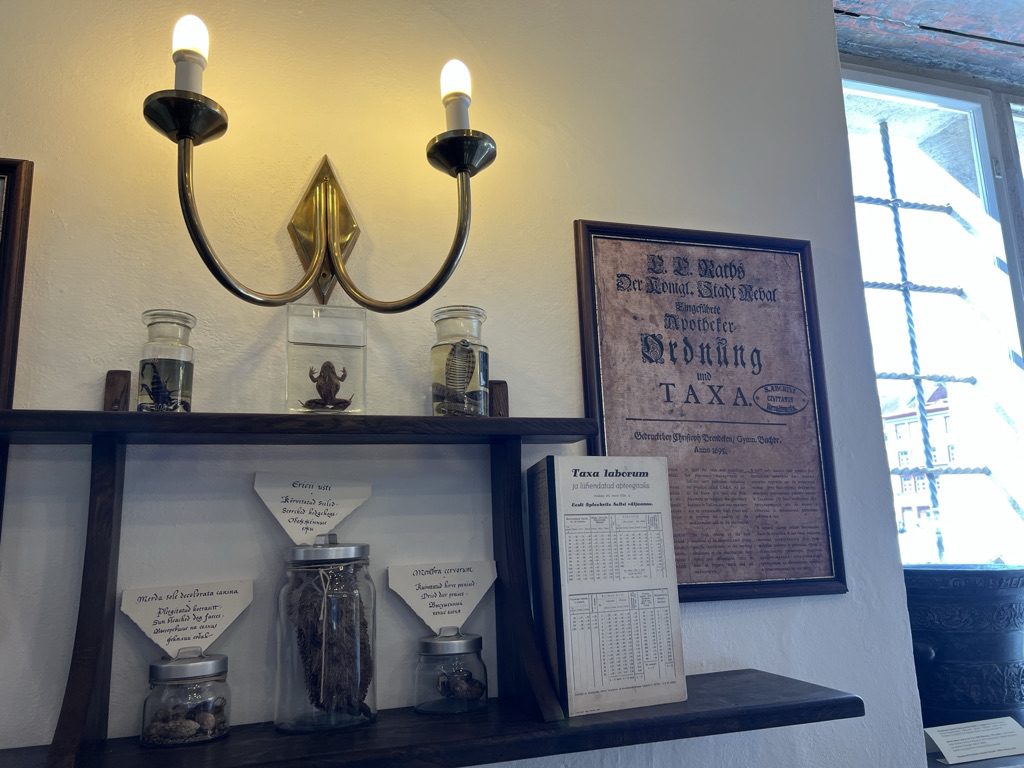
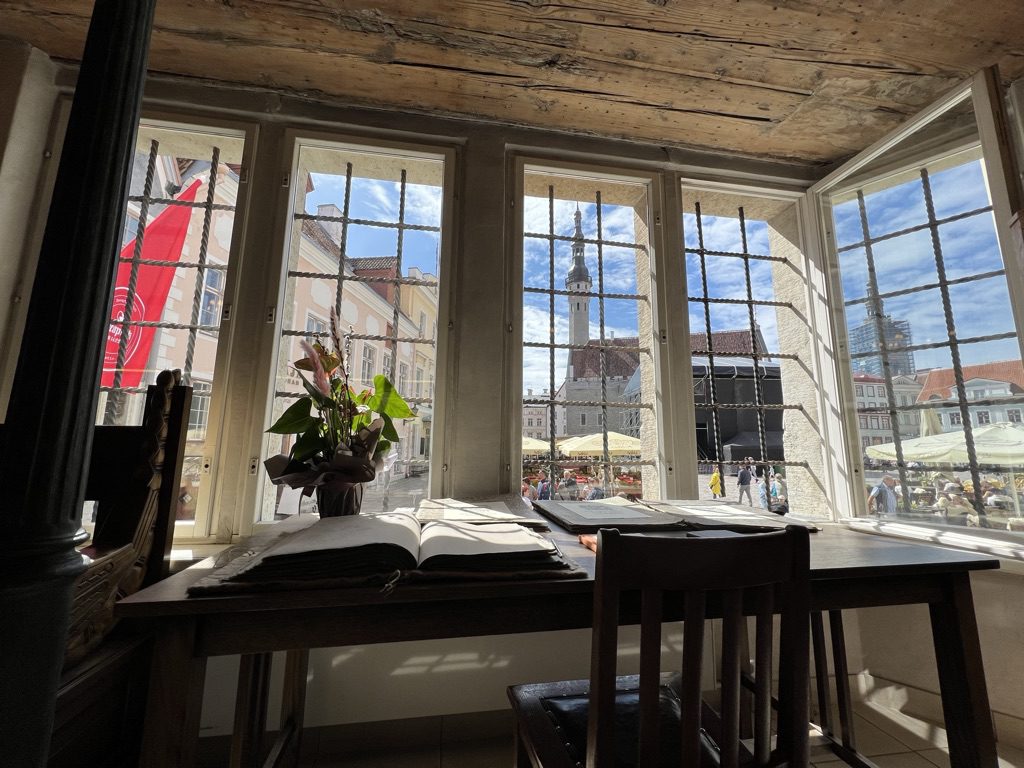
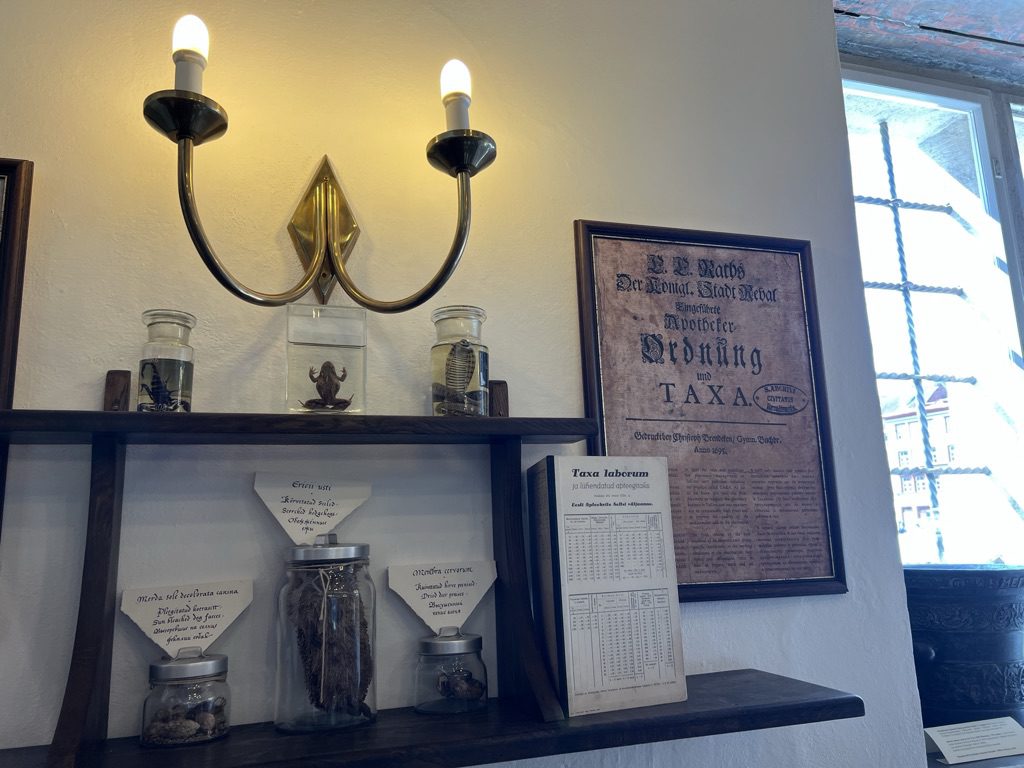
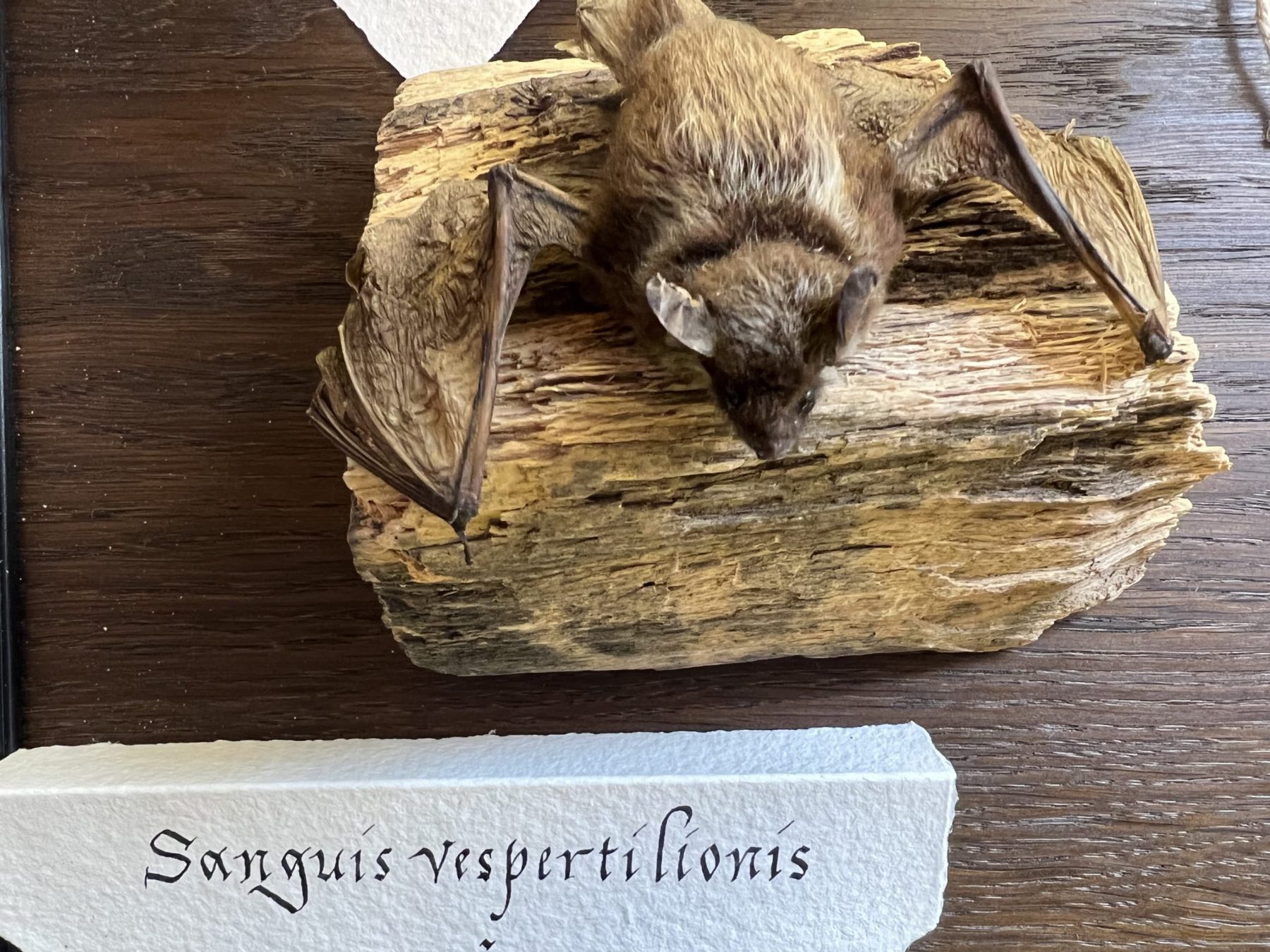
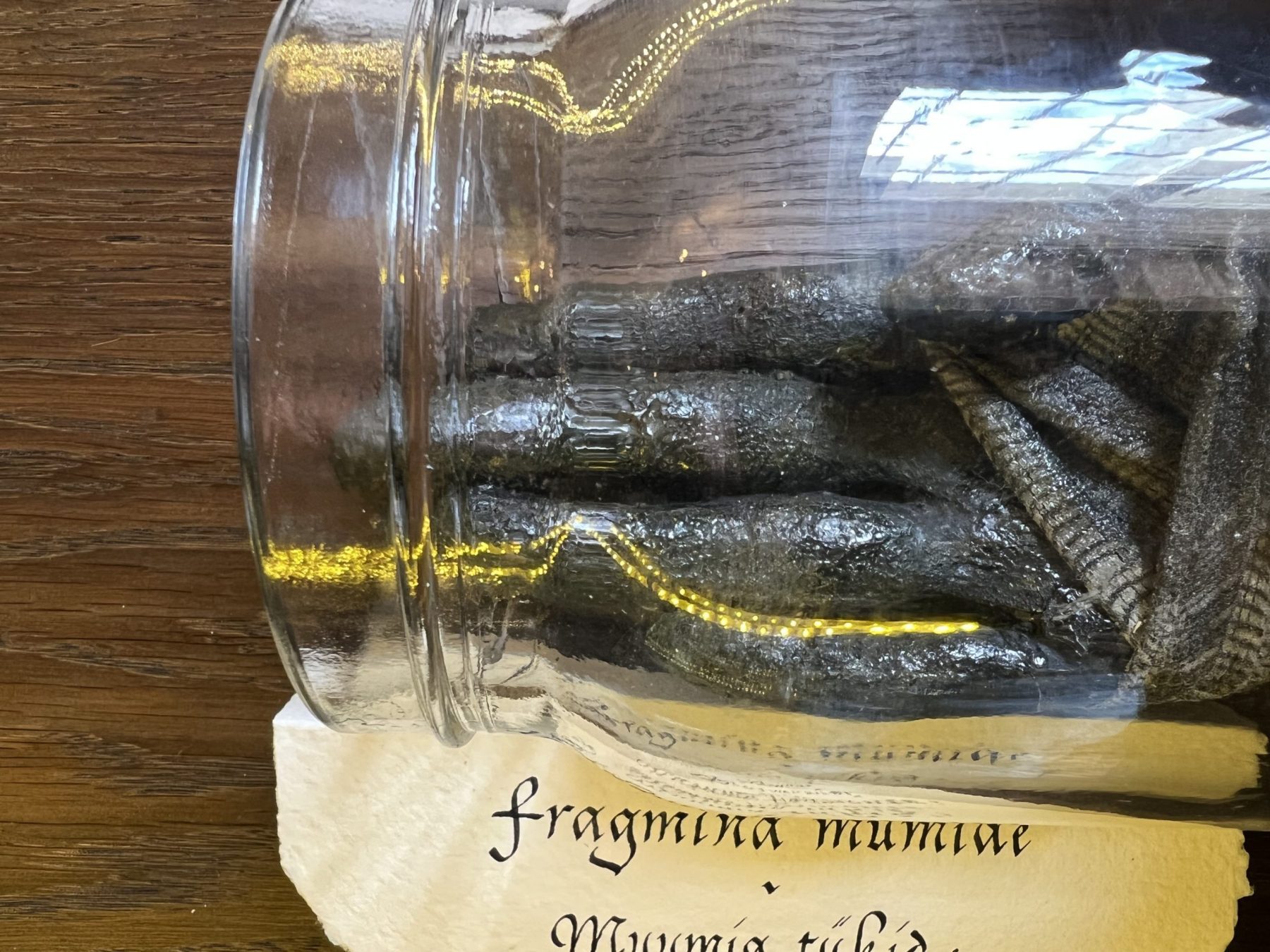
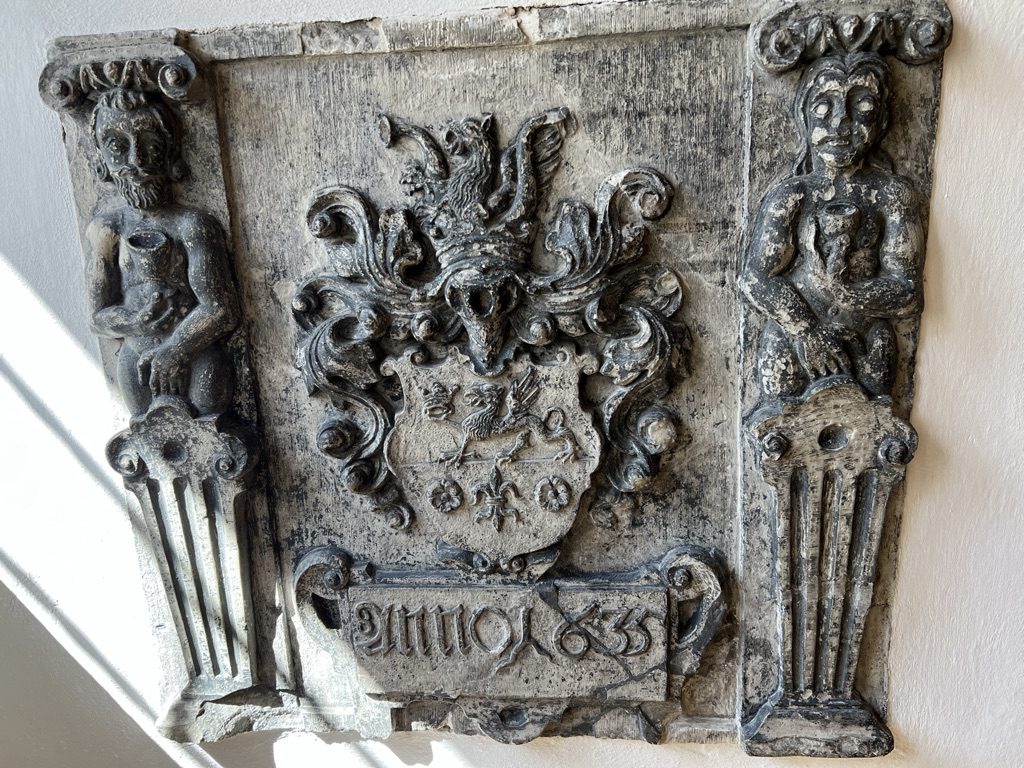
We enjoyed a quick coffee before continuing our meander through the Old Town. We saw the The Cross of Liberty Monument erected in memory of all who fell in Estonia’s struggle for independence and in glass at Freedom Square – this is a reminder of the frailty of peace. Unfortunately the glass cracked in the first cold winter and is under constant repair. It is apparently spectacular at night when it is lit up. In Soviet times this was known as Victory Square. Now it is a popular meeting spot. The cross is questionable as Estonia is known to be one of the least religious countries in the world.
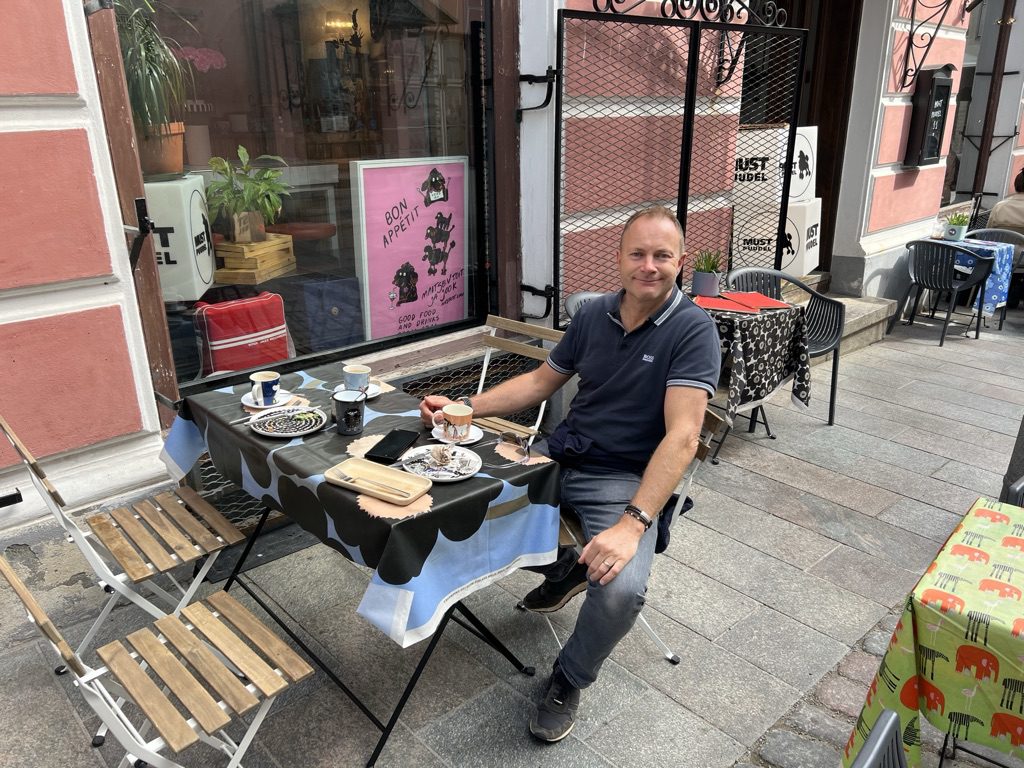
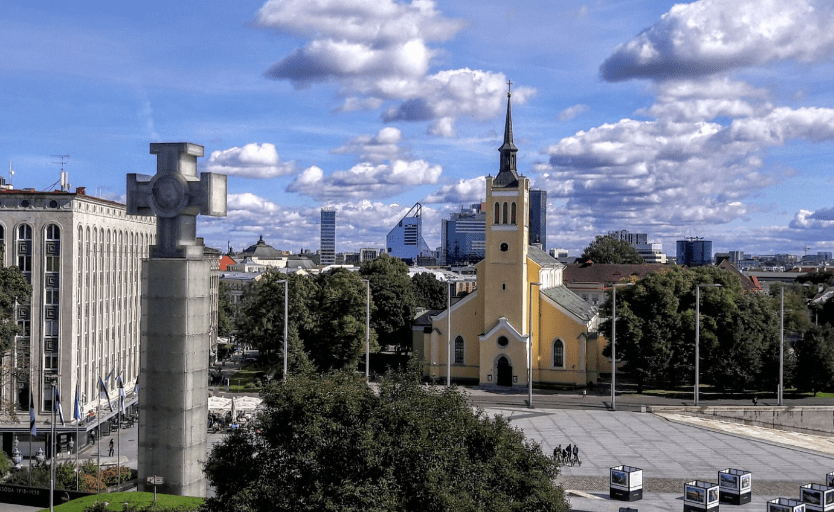
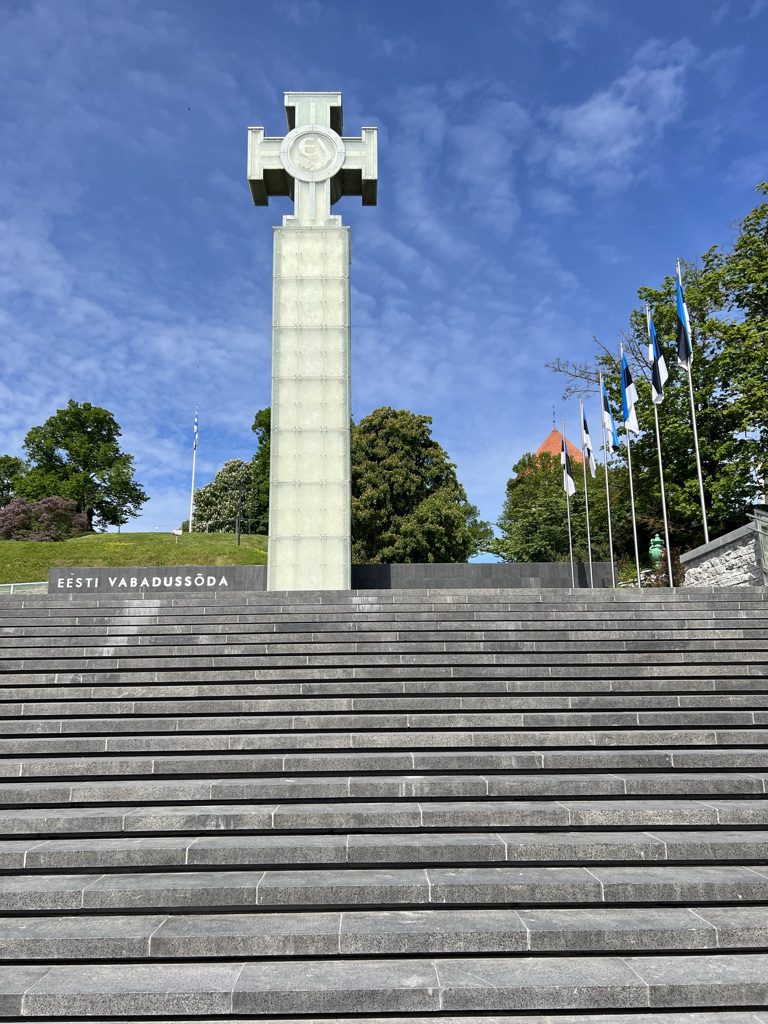
During World War II Tallinn suffered many instances of bombing from the Soviets and Germans. The Bastion passages, dating back to the 17th to 18th centuries, run beneath Toompea and are an integral part of the city’s defence system together with the town wall and its towers. Initially, a storage for weapons and ammunitions, the underground passageways then served as a prison and later became a bomb shelter where Tallinners were seeking protection from the Soviet bombings over the Nazi-occupied Tallinn.
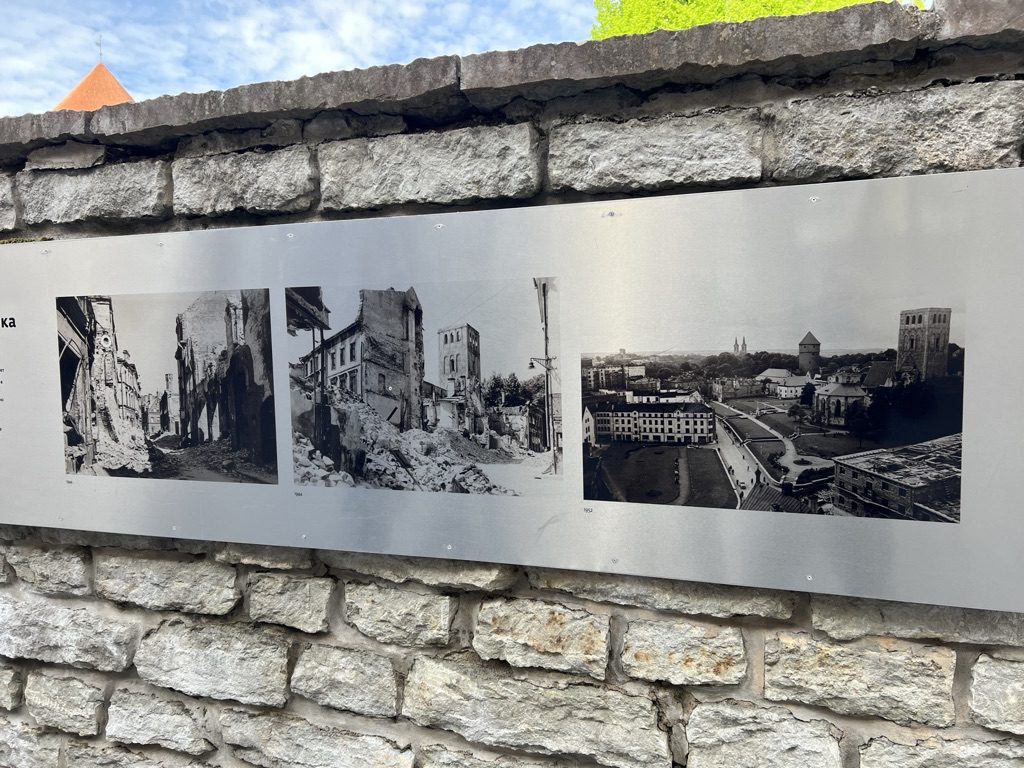
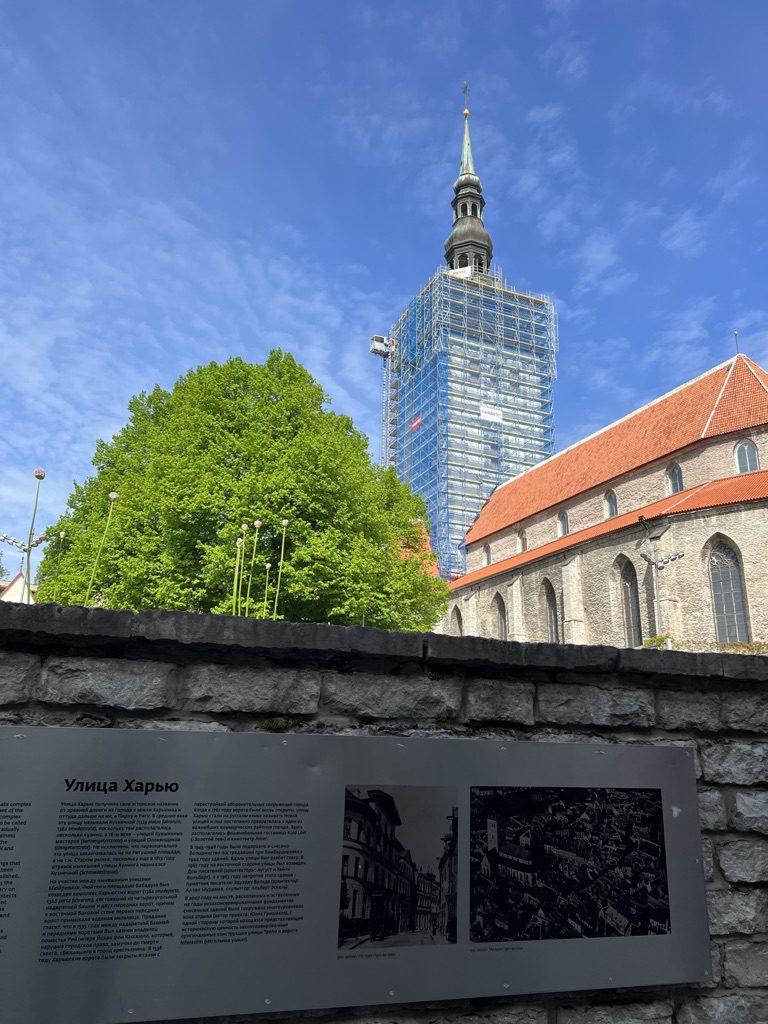
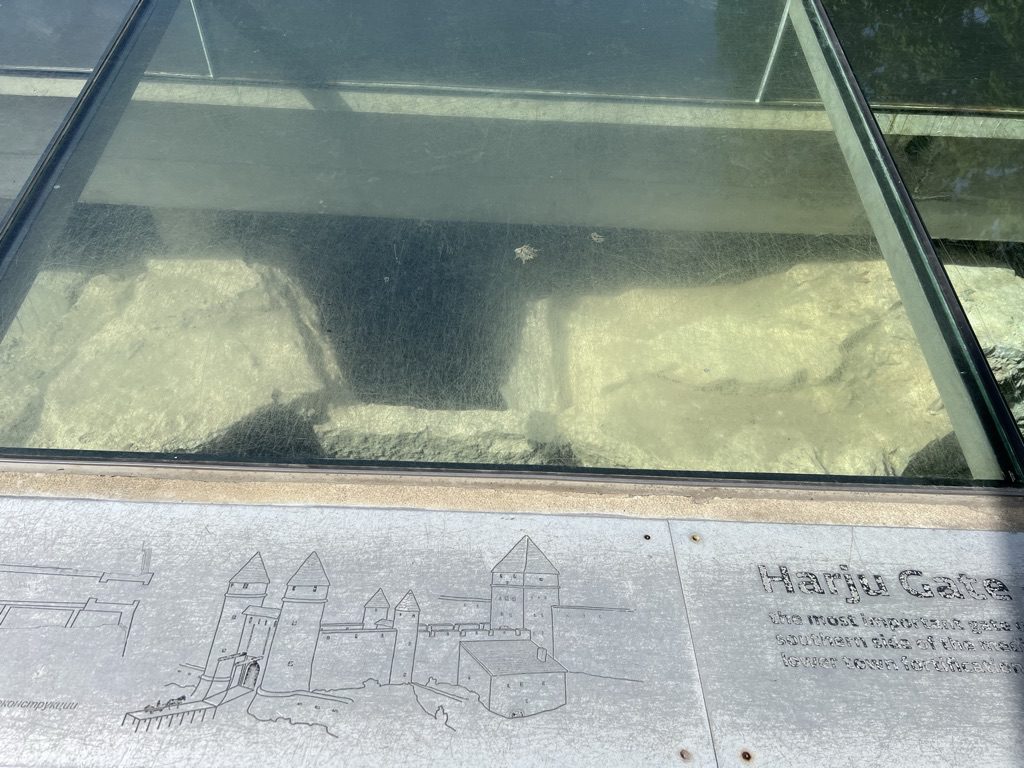
We headed to Reval Cafe (Reval was Tallinn’s first name) which sported flowers recognising the Ukraine’s plight. Here we ate some lamb dumplings which was a common dish served during Soviet occupation. This was accompanied by delicious drink of berries called se buckthorns (which tasted a bit like granadilla / passion fruit).
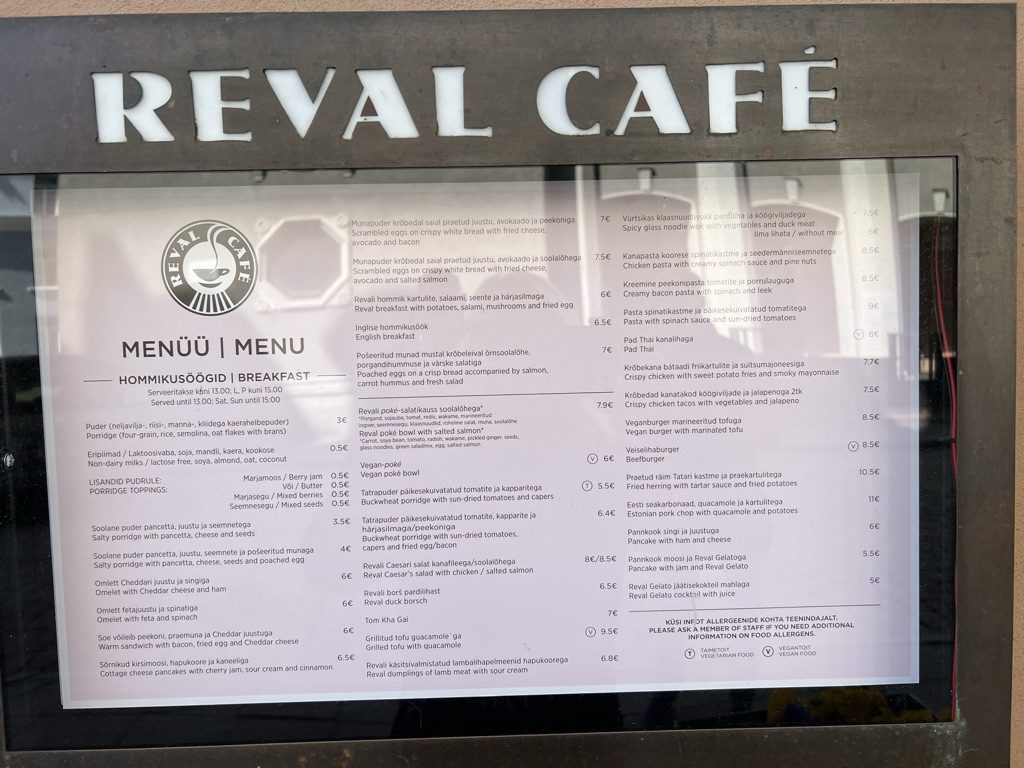
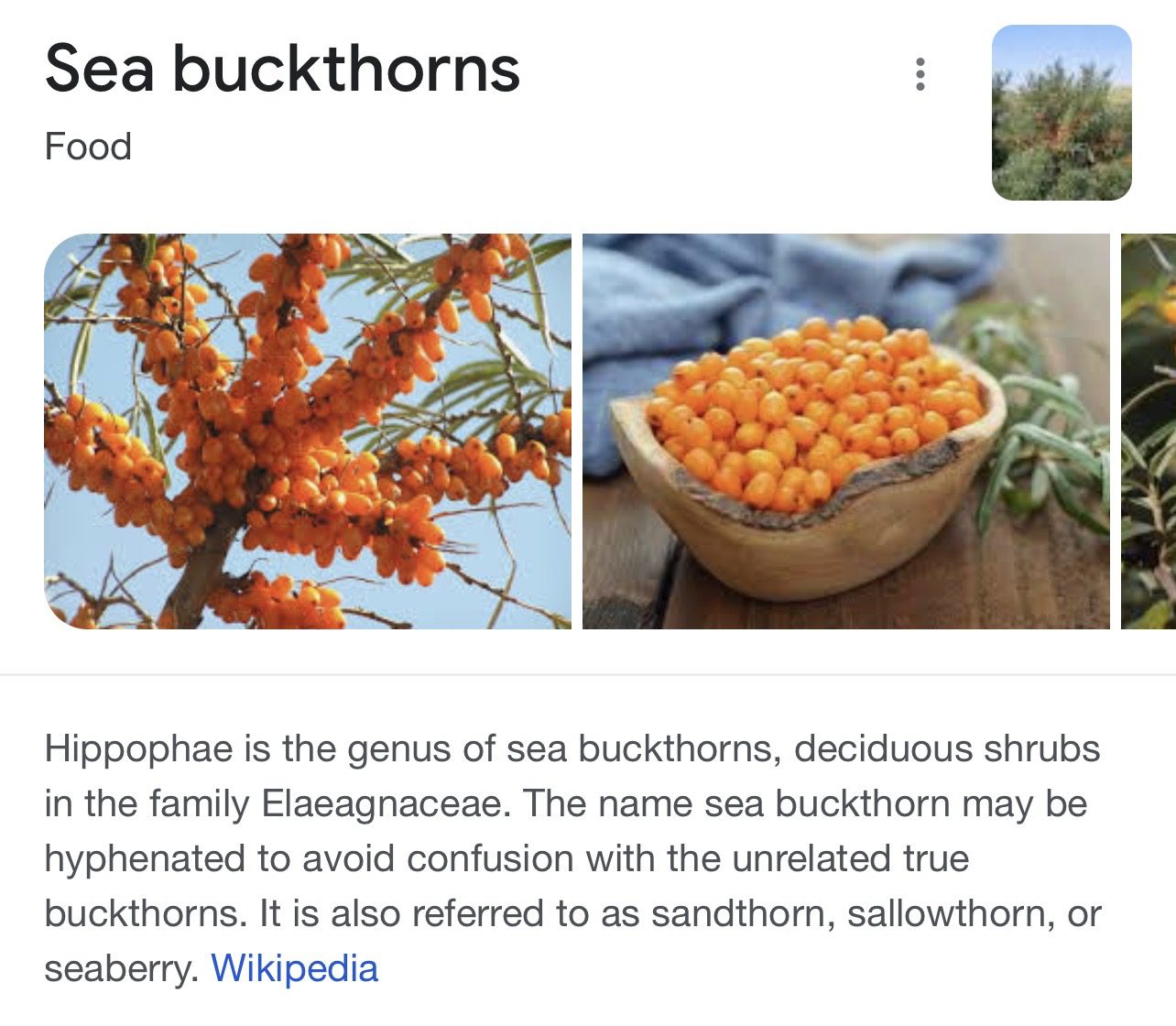
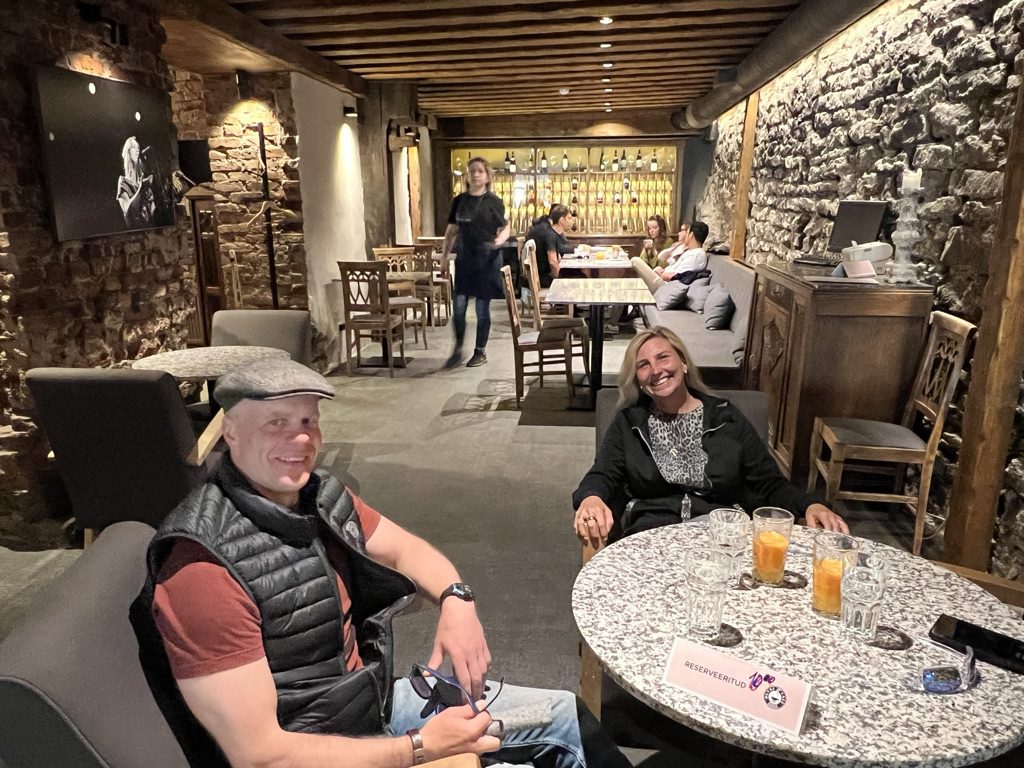
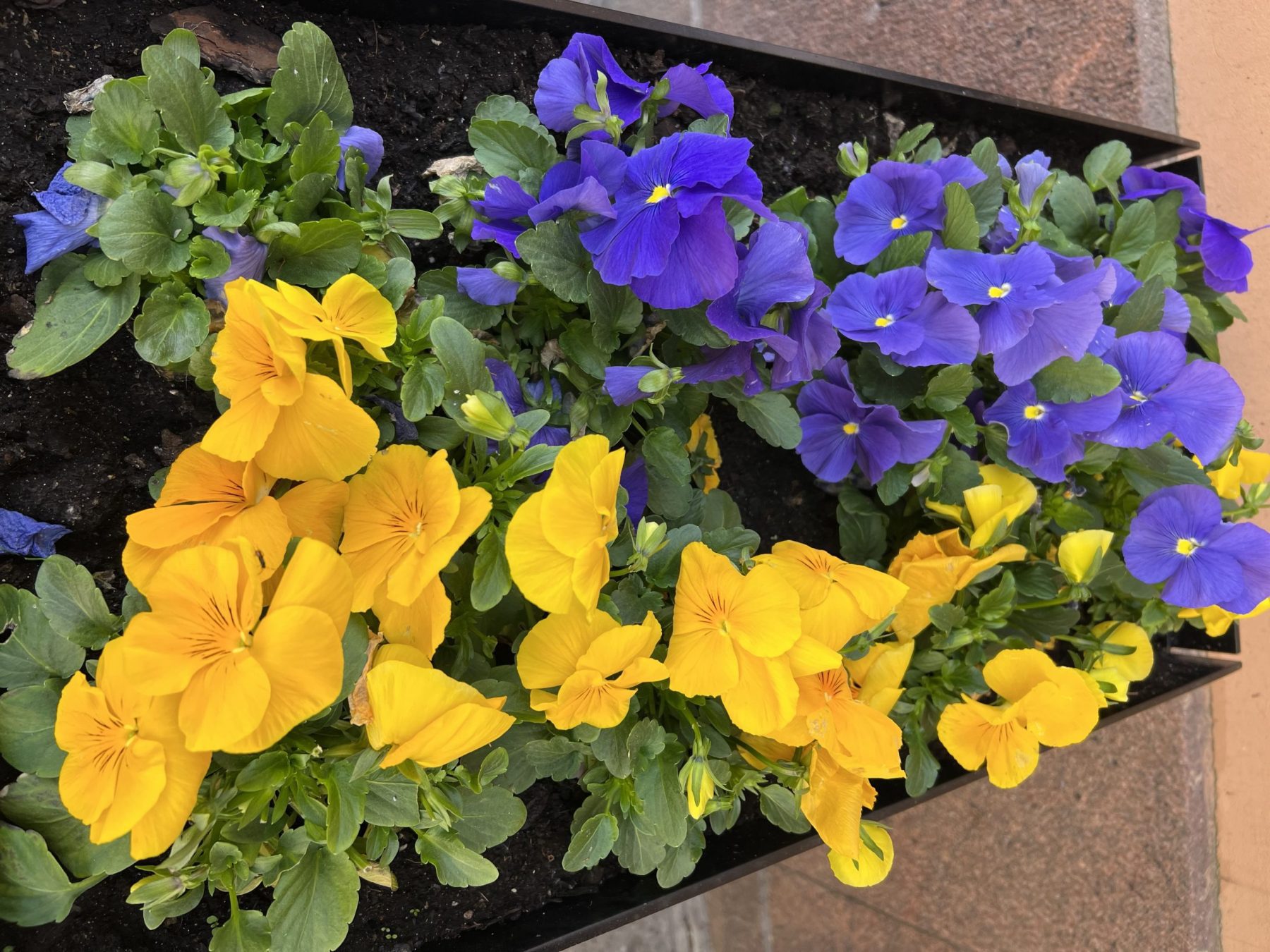
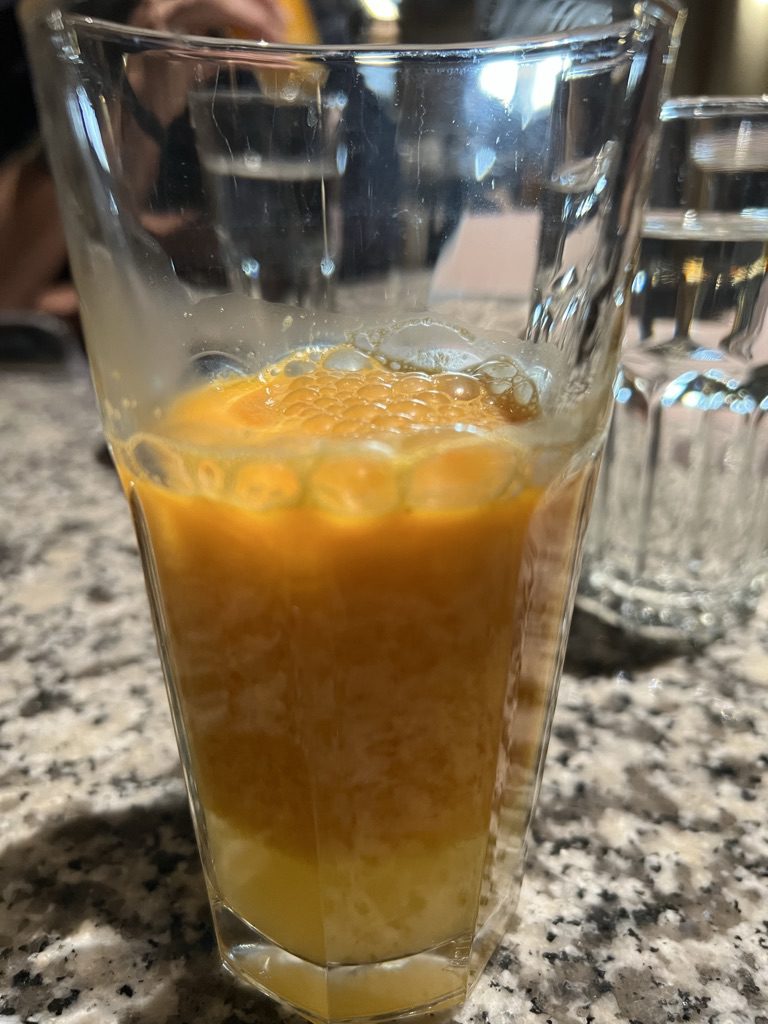
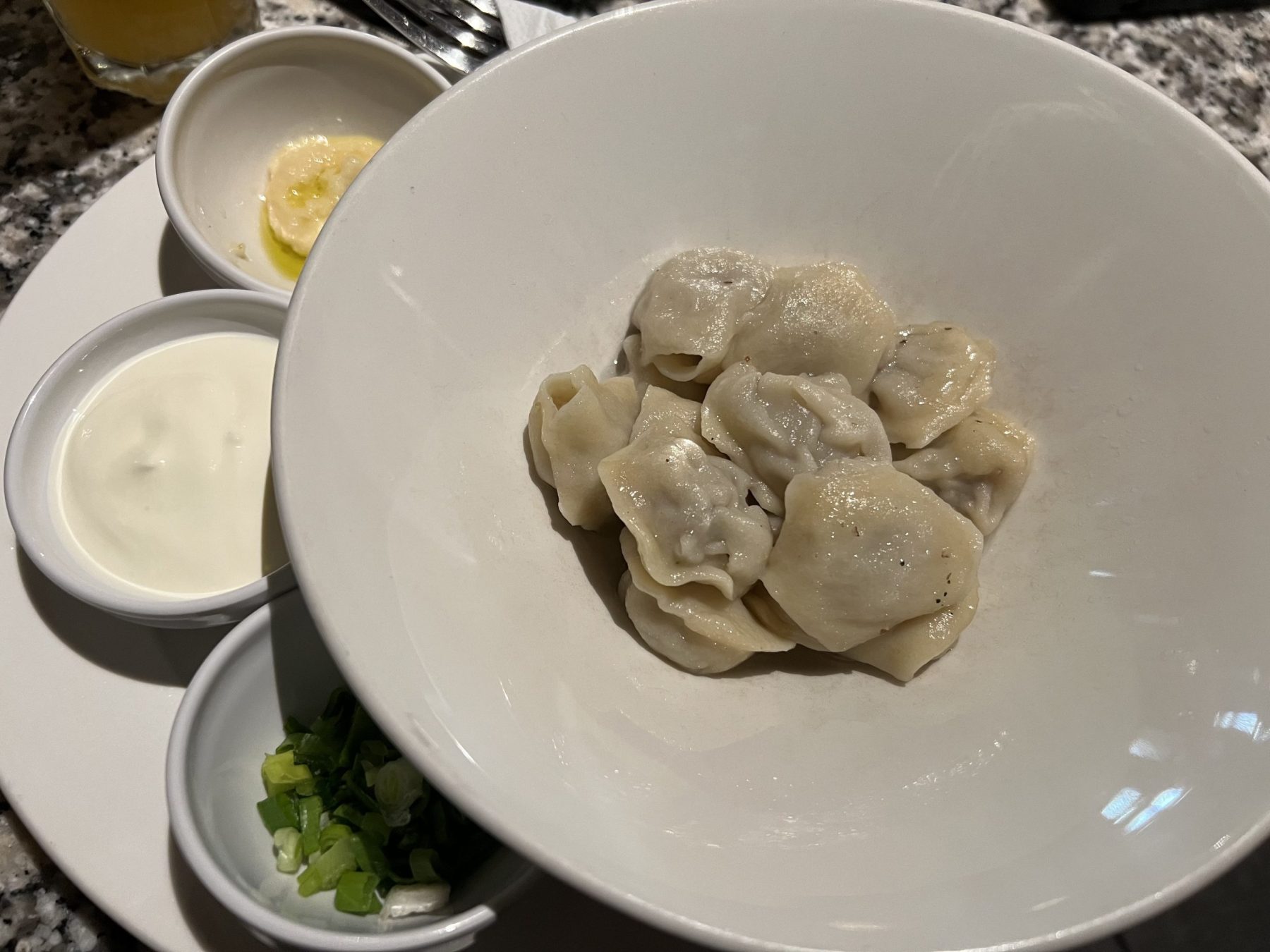
Next stop was a quick tour of a chocolate factory and museum: Chocolala. Delicious.
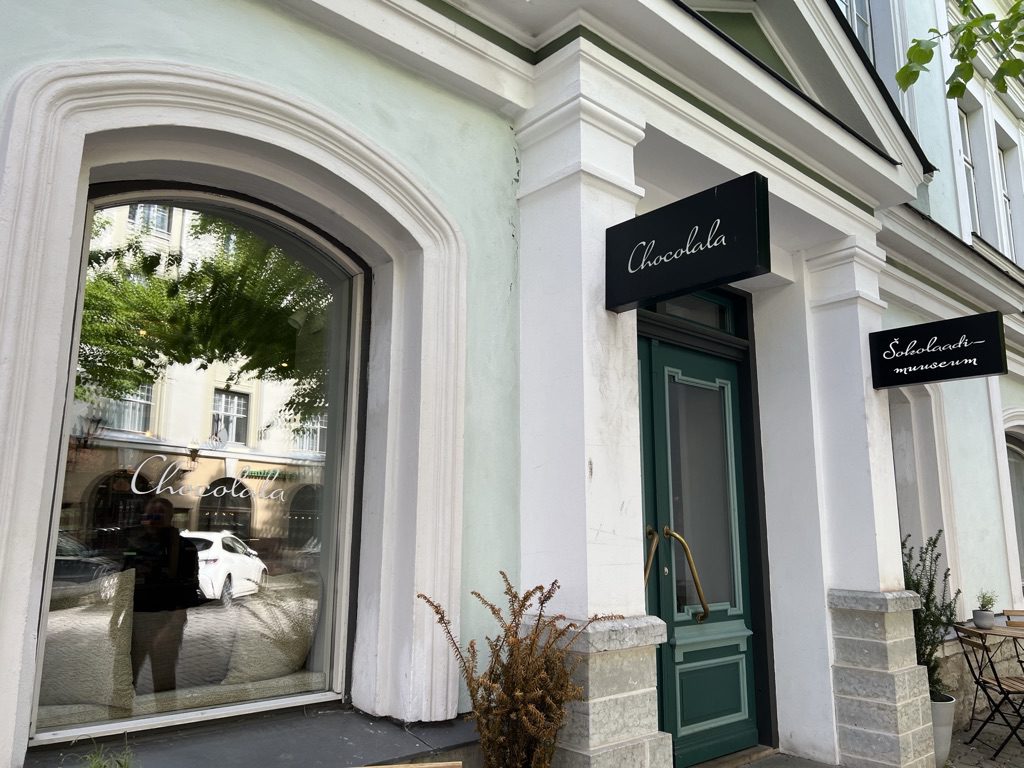
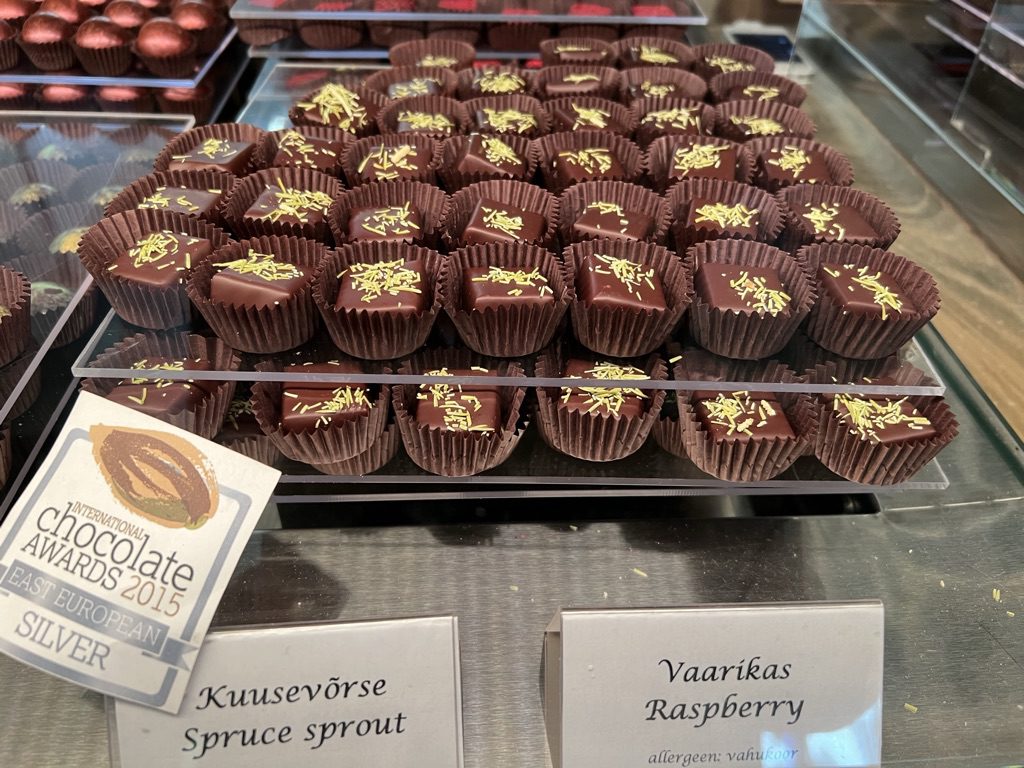
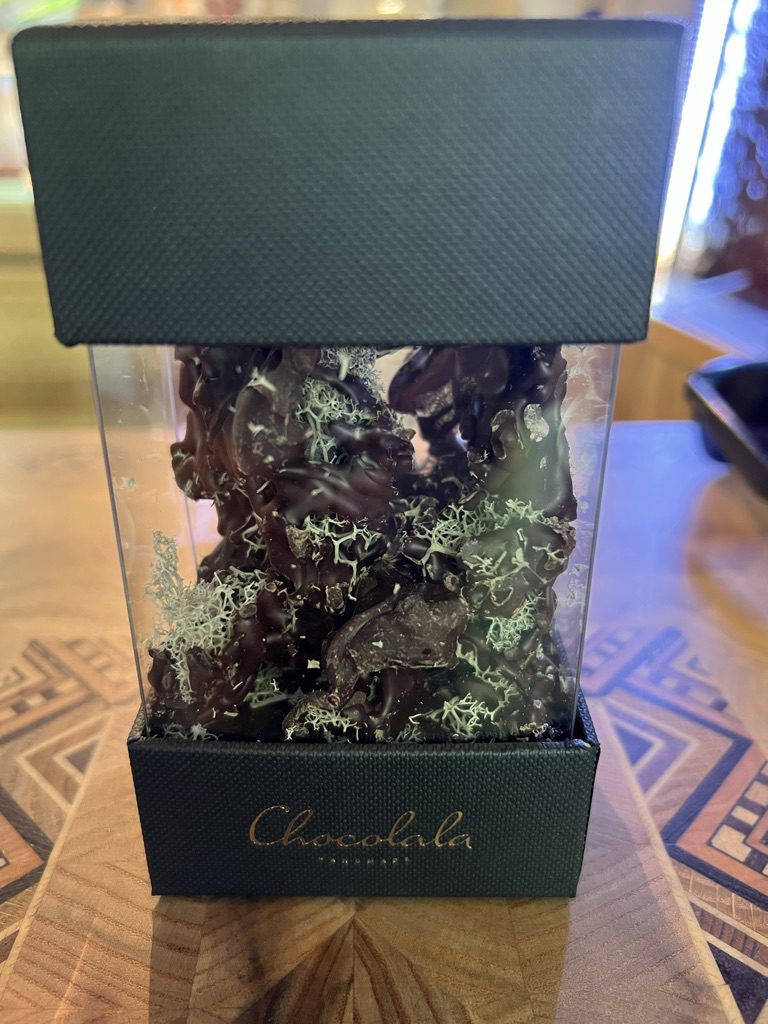
It is such a scenic place to simply stroll around. 1.9 km of the original city wall and 20 defensive towers wall still standing, Tallinn boasts one of Europe’s best preserved medieval fortifications. Work on the town’s defences first began in 1265!
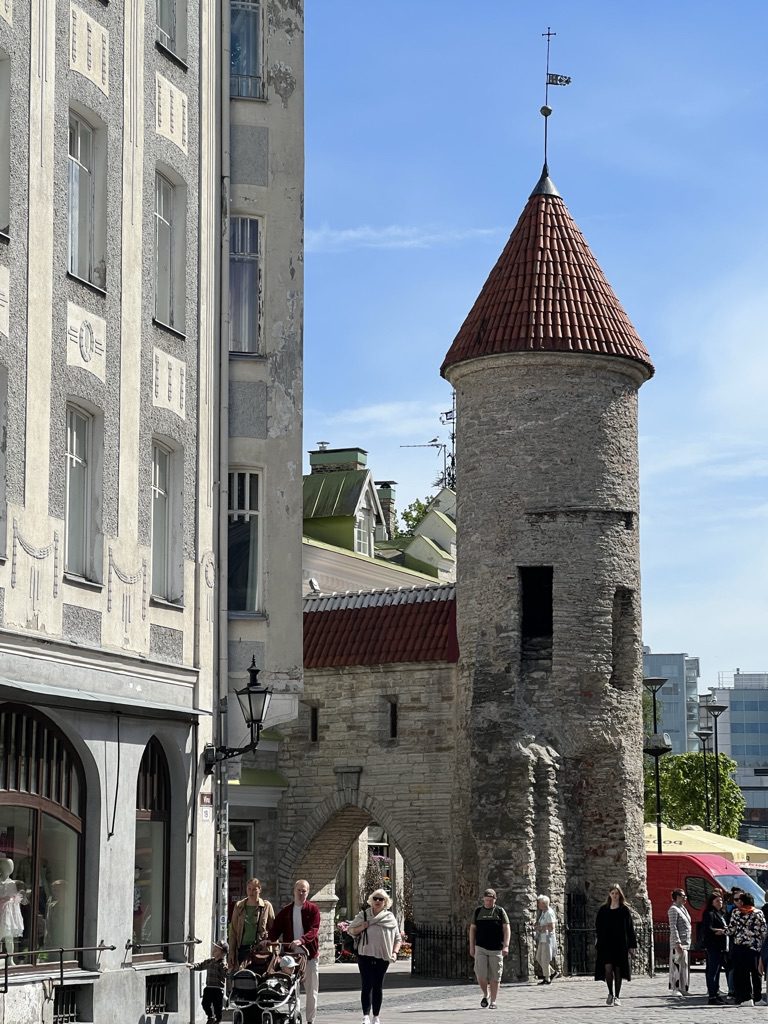
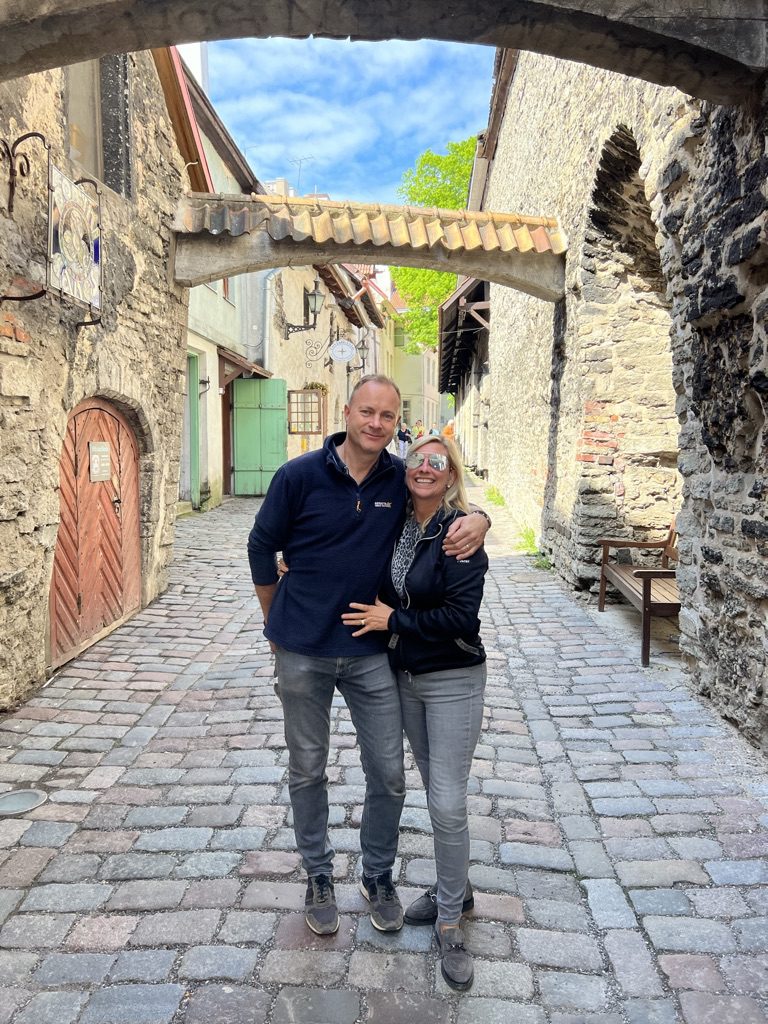
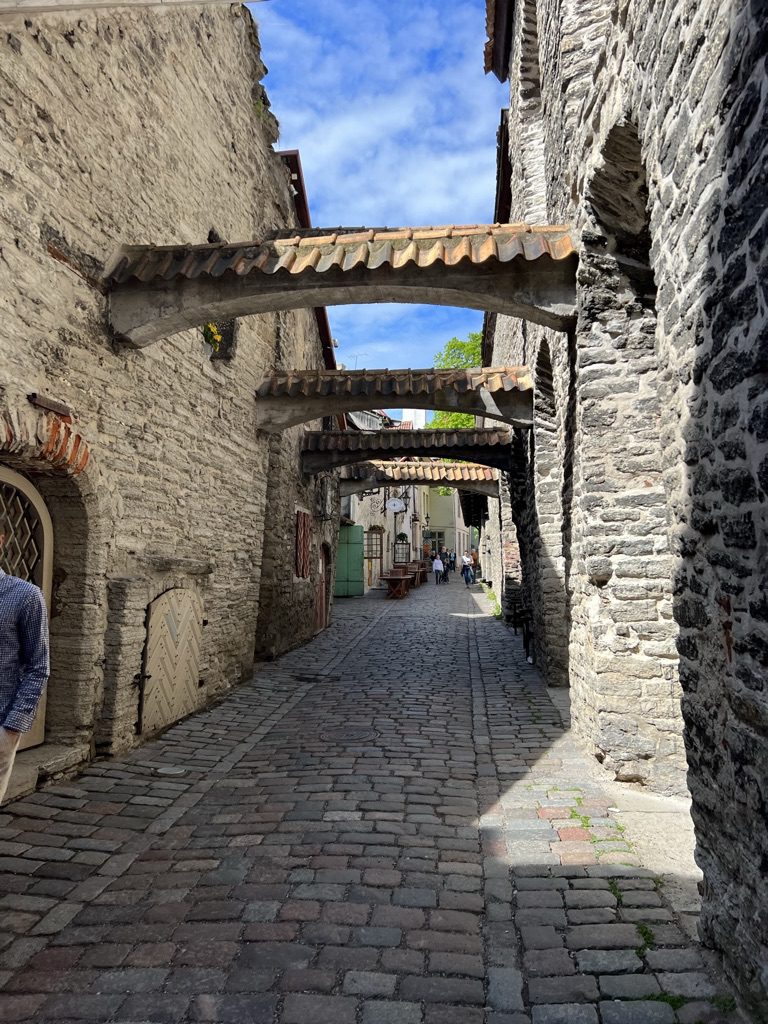
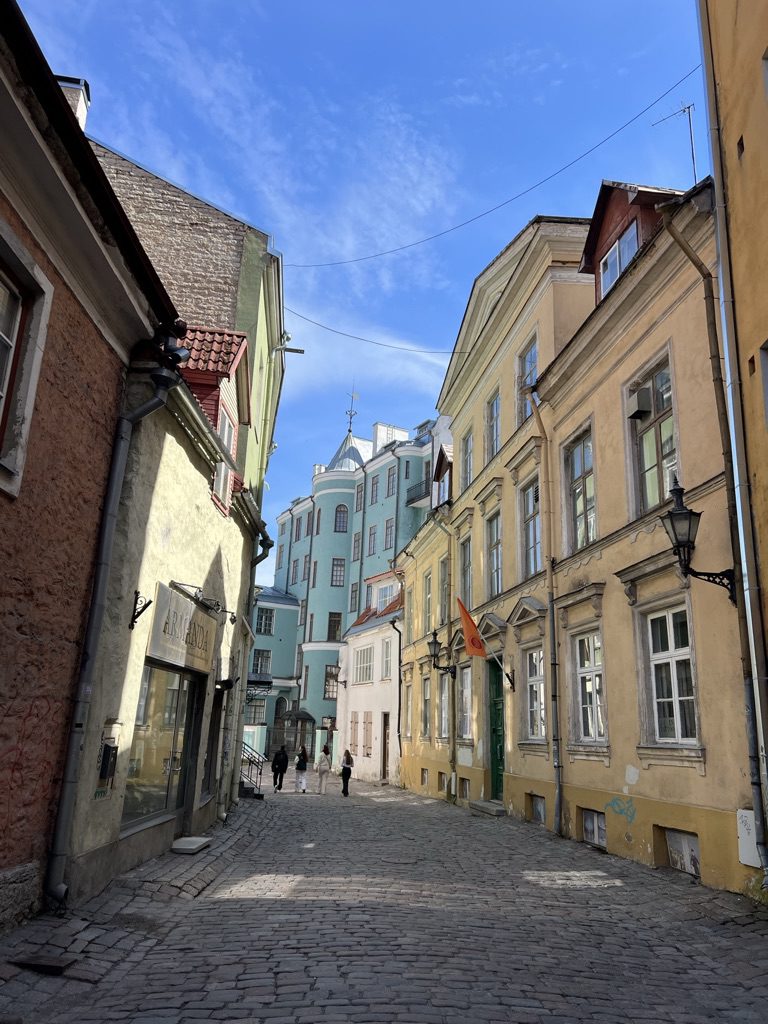
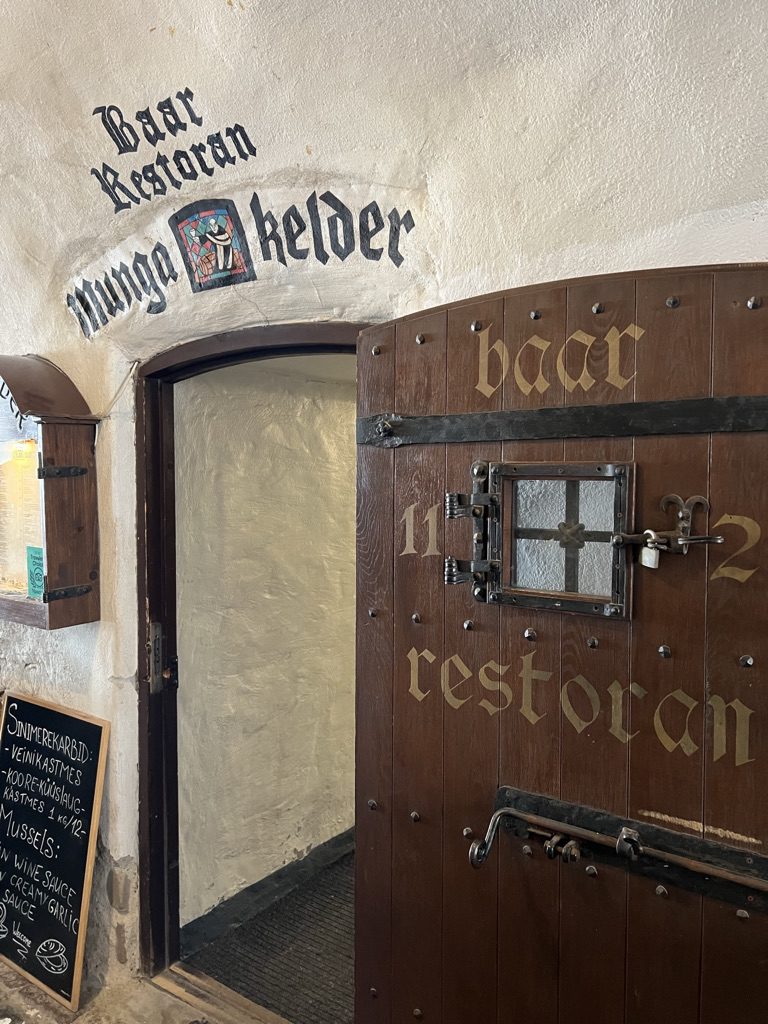
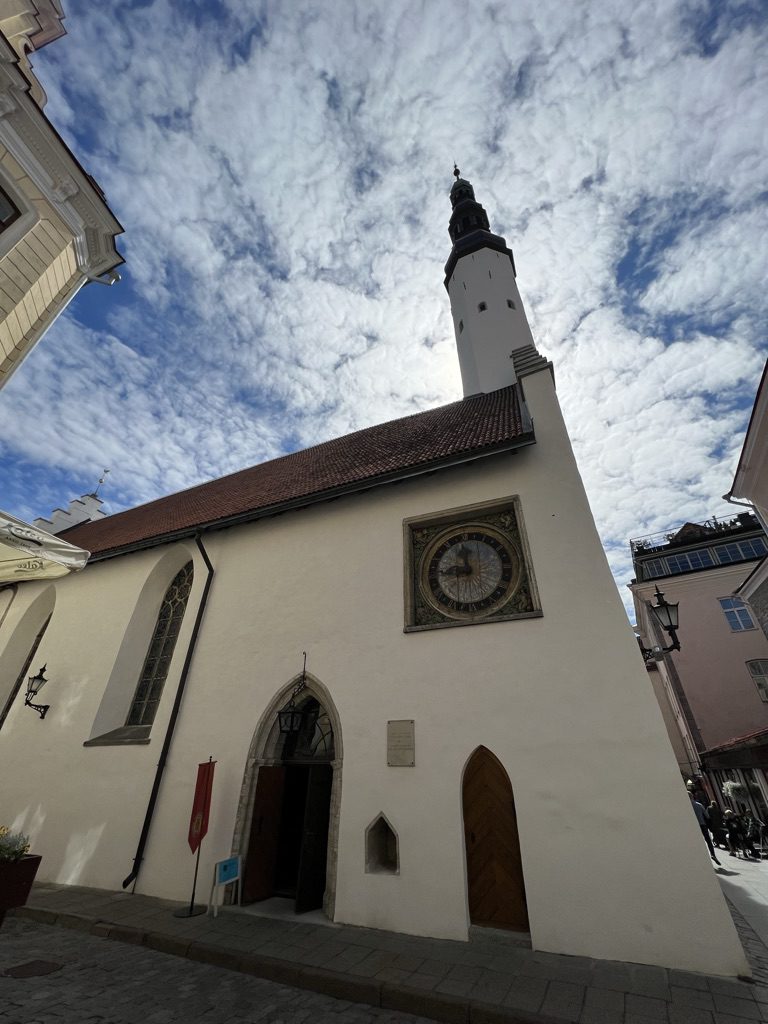
Next stop on the food destination was Majasmokk, the oldest cafe in Tallinn dating to 1864. Here we enjoyed traditional rye bread and herring as well as Kama which is a traditional Estonian finely milled flour mixture. This variation was a drink with berry jam at the base – delicious!
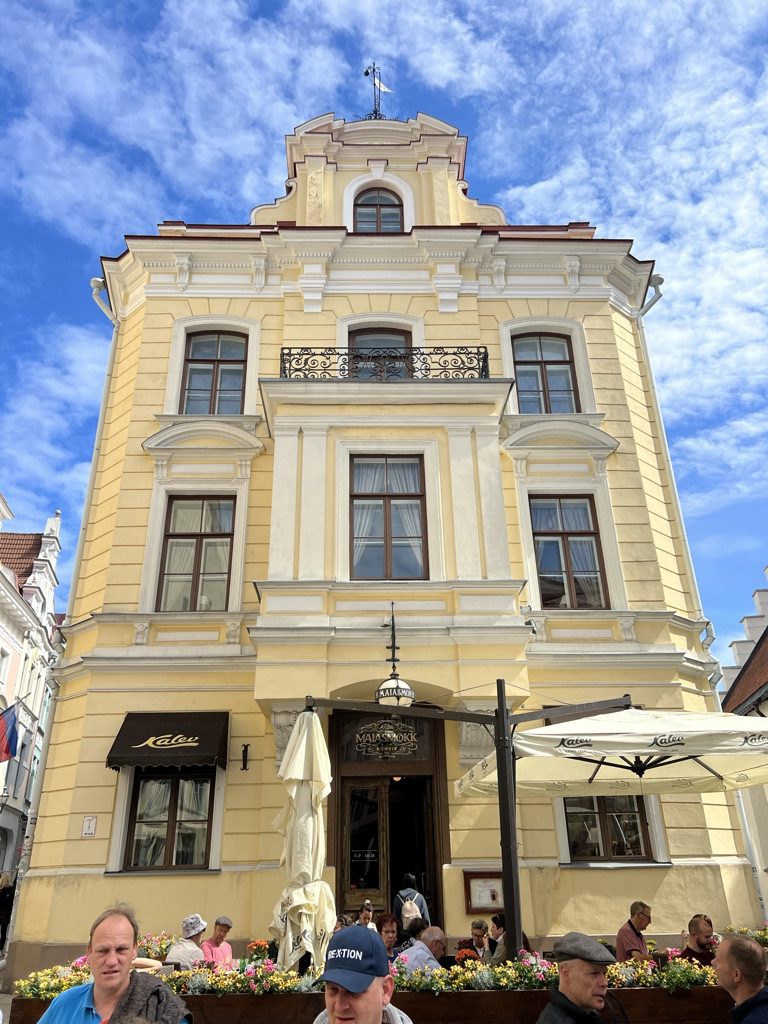
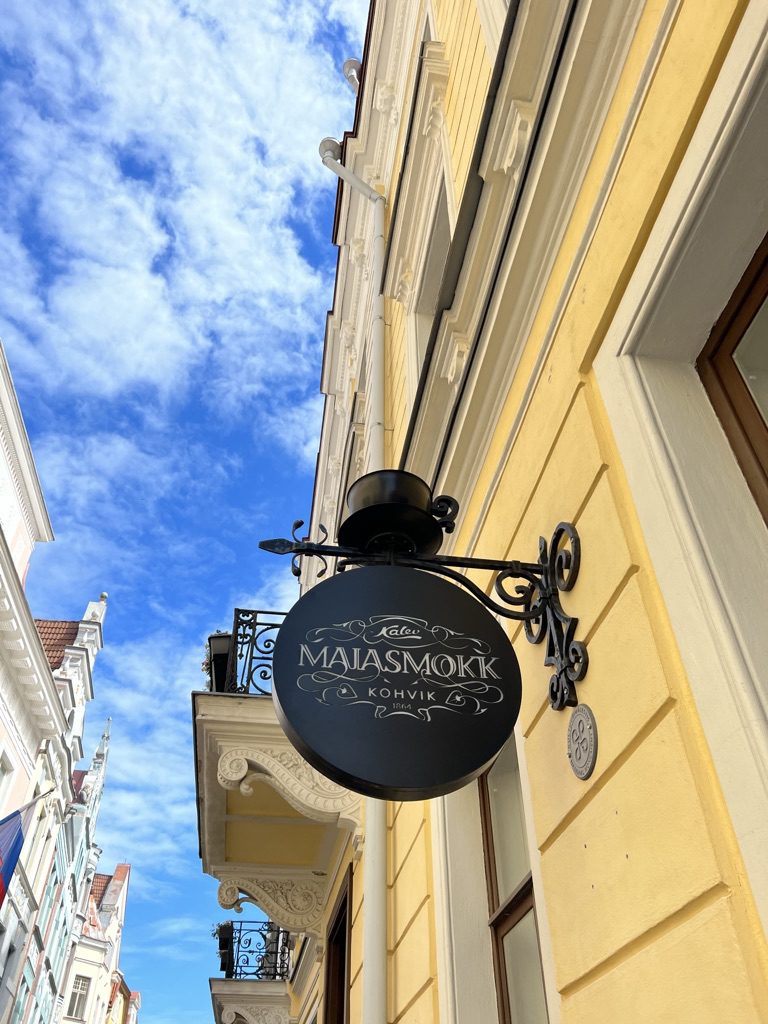
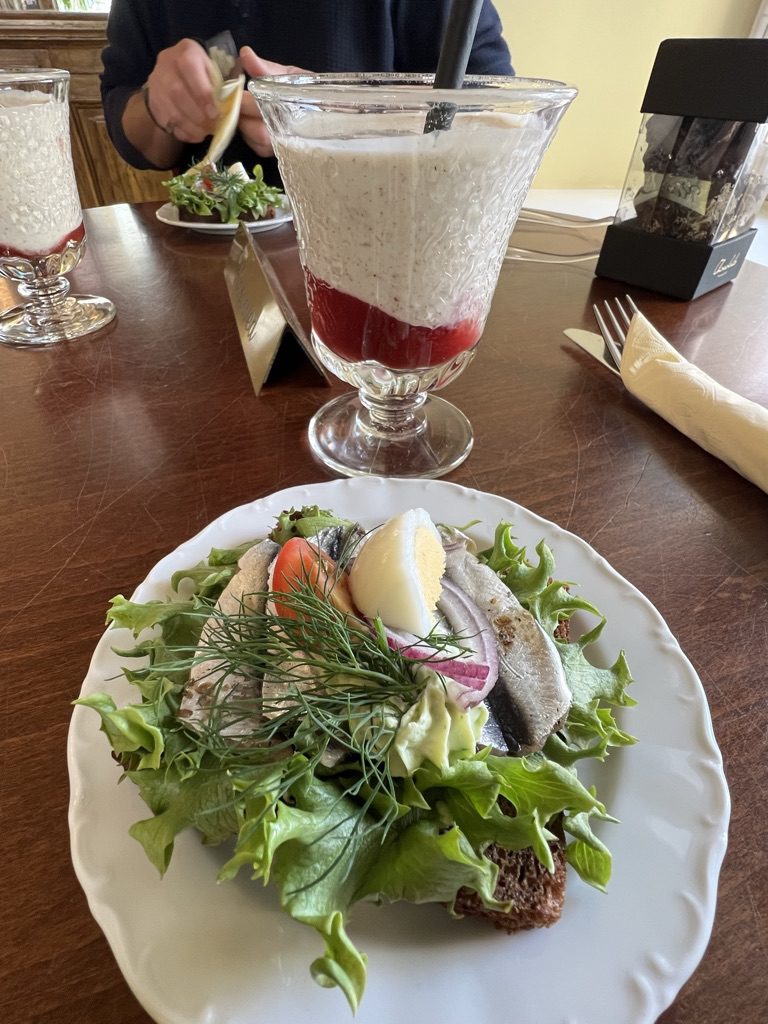
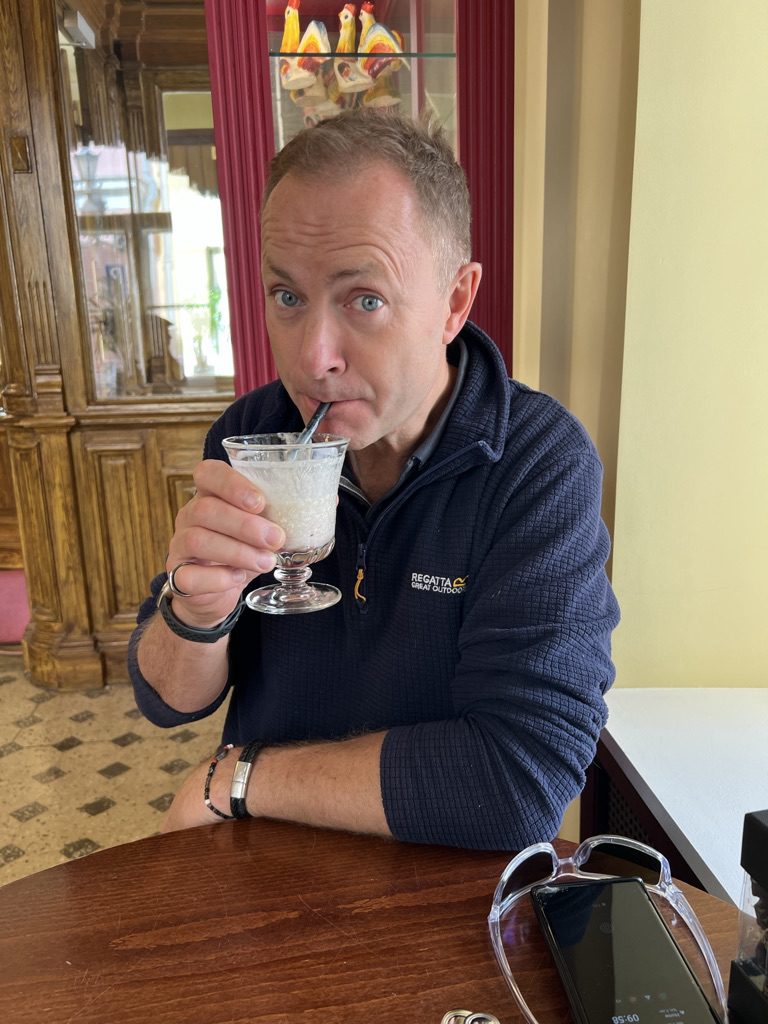
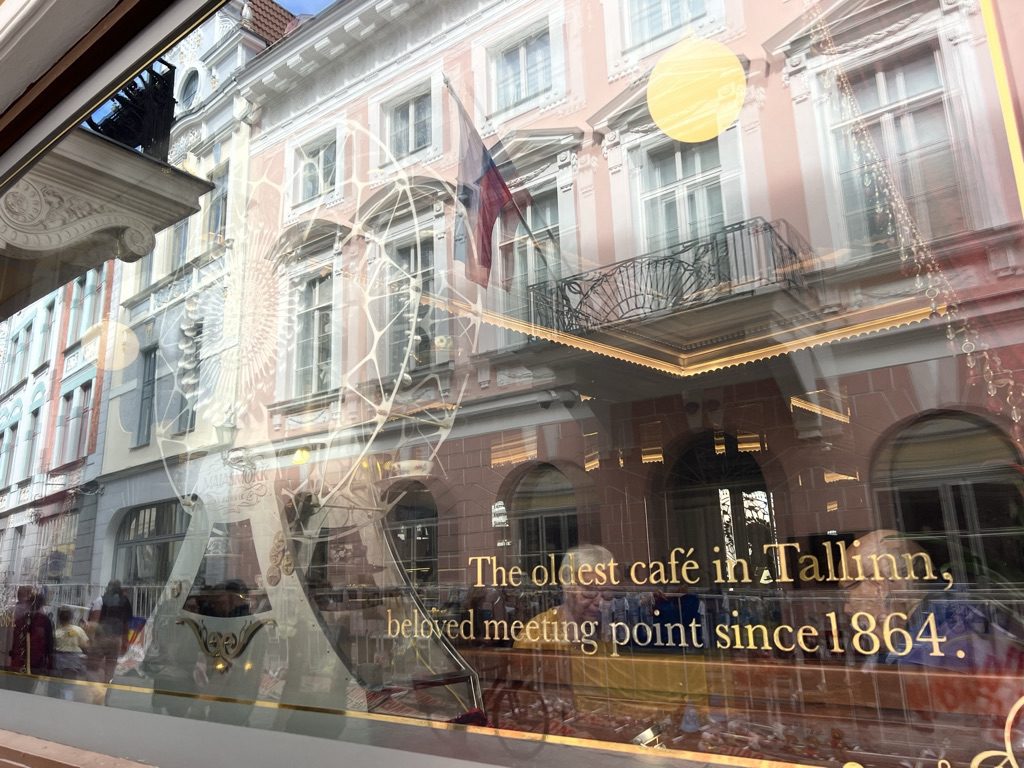
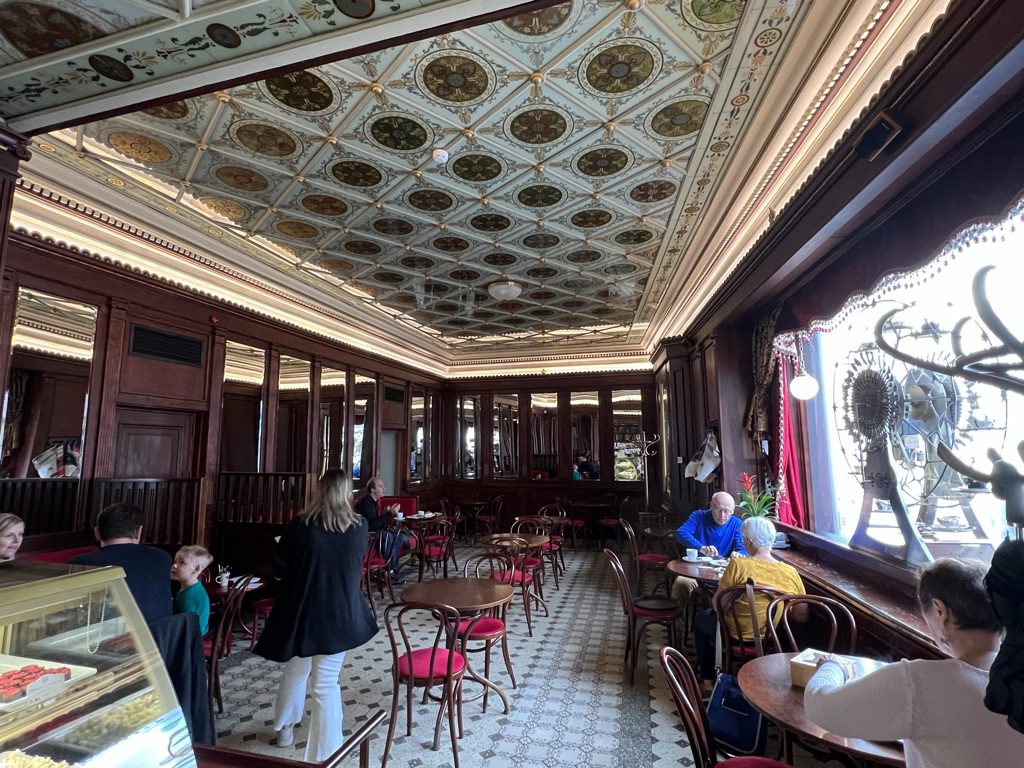
We continued on our wander and passed the Russian Orthodox Church. At first independence in 1944 the Estonians wanted to rid the city of all reminders of the Russian occupation but they did not have sufficient money to destroy the church! By the time the second independence Estonians had accepted the church as part of their cultural heritage and so it still stands.
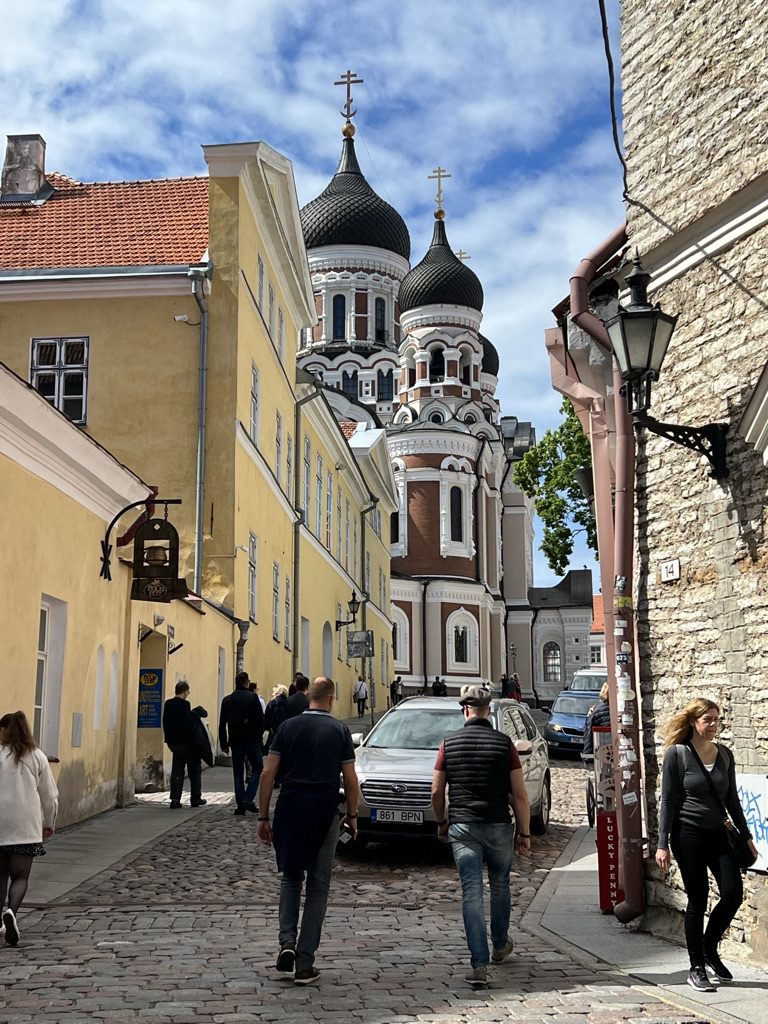
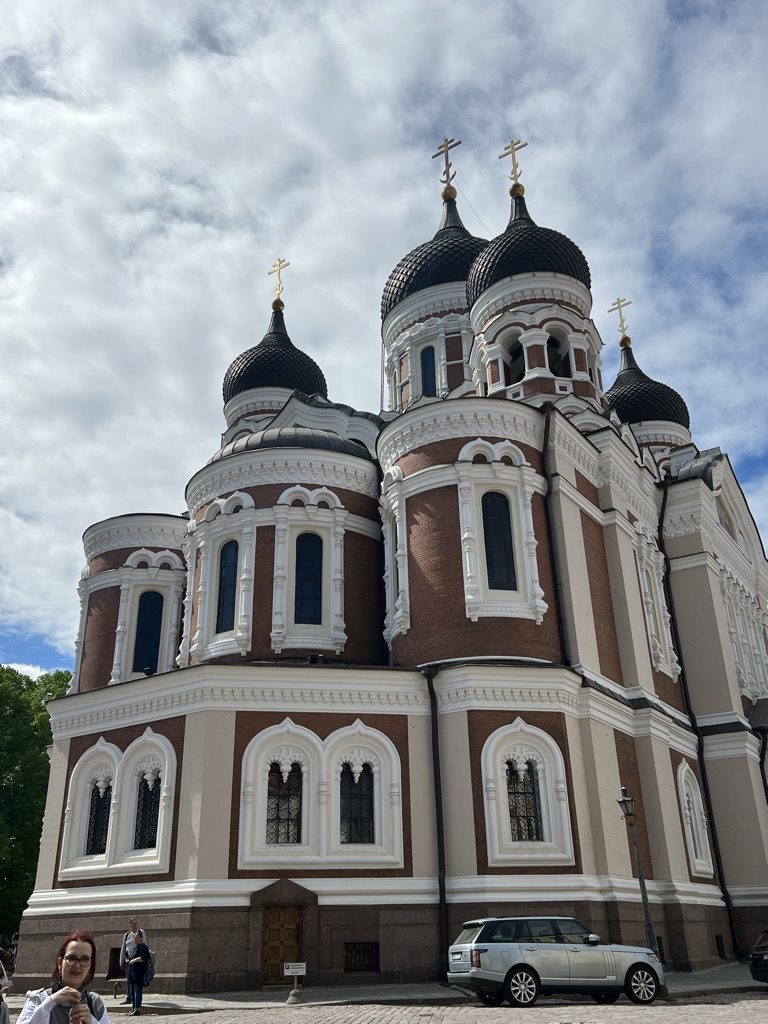
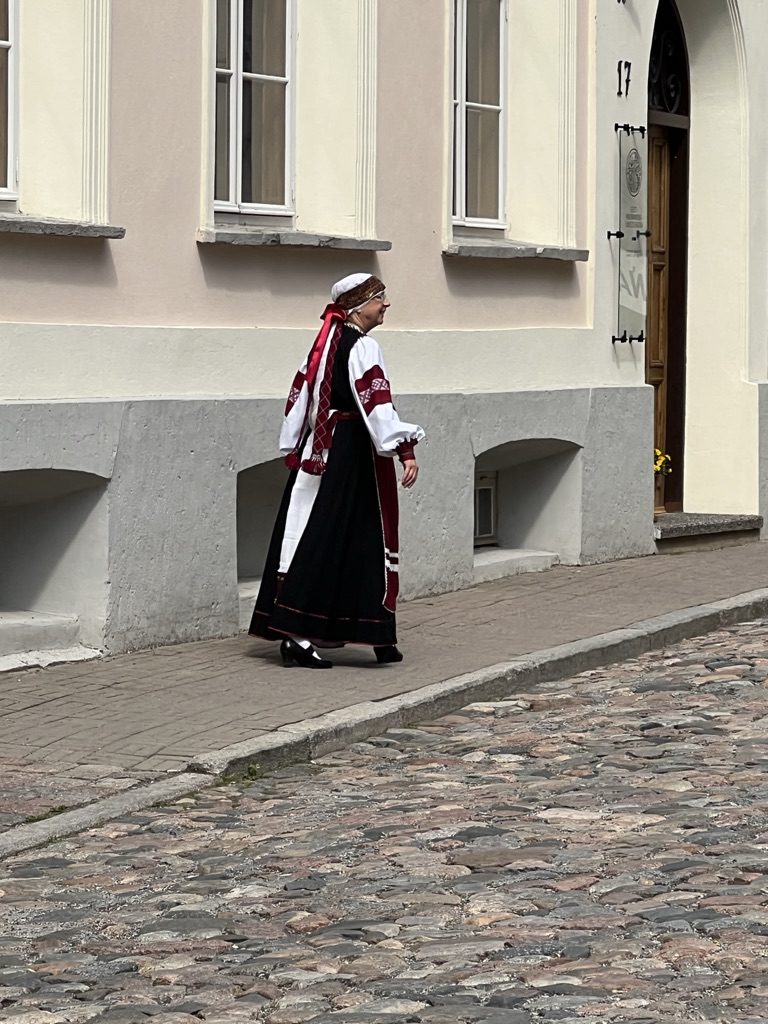
There are a couple of lovely viewpoints – we only had time for two. We were also told about the deer

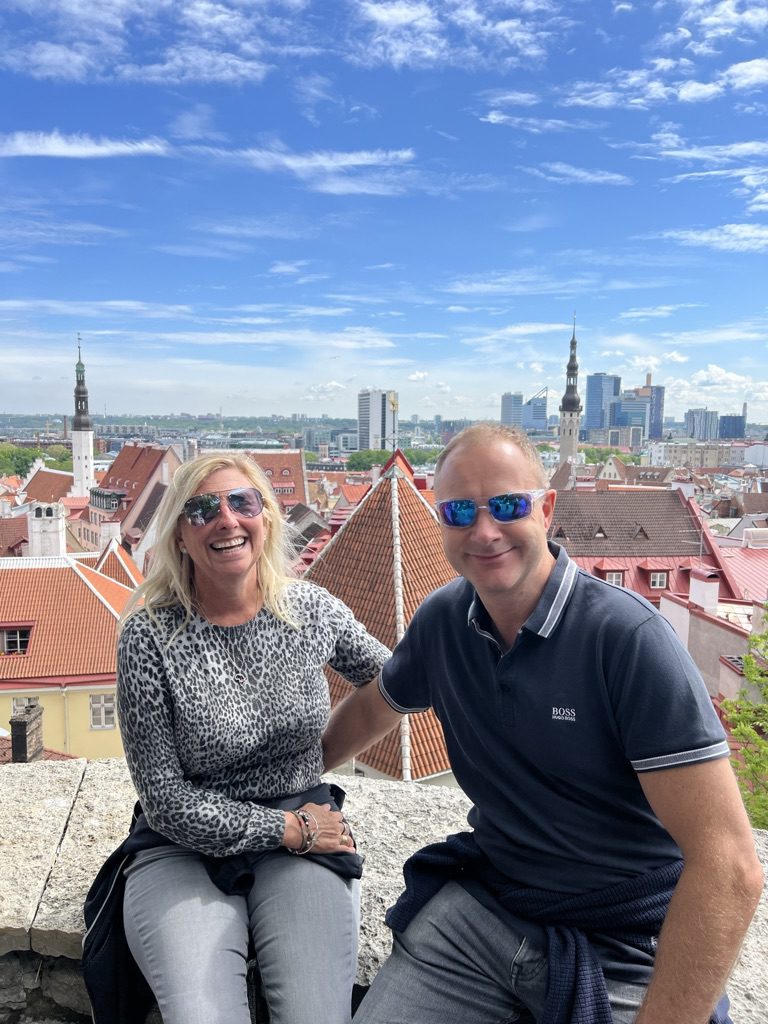
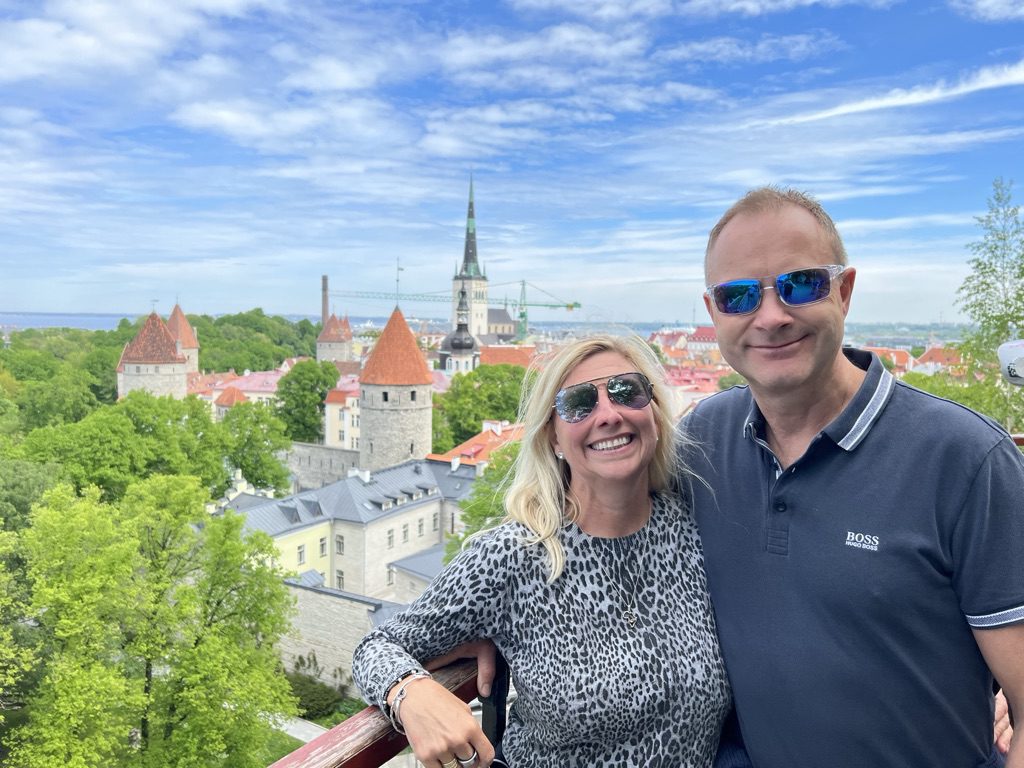
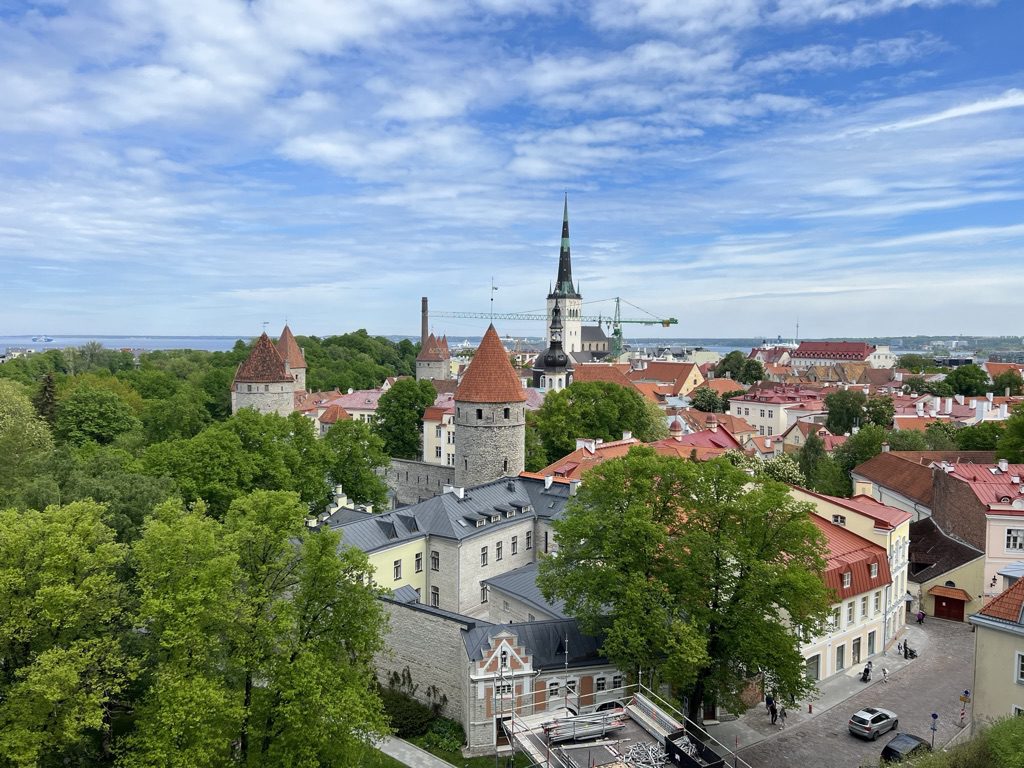
At the base of the first viewpoint that we visited sits a statue of a tiny deer which gave Tallin its name. This tale is set around the time of Danish King Valemar. Shortly after conquering northern Estonia and converting the population to Christianity the King spotted the tiny deer in his new grounds. Rather than hunt the deer the King ordered his courtiers to capture the animal and bring it to him as a pet. The deer proved to be extremely illusive and rather than give in to being captured would rather jump off the limestone cliff to a certain death. The King was devastated and decided to call the location at the top of the hill Reval which translates literally to ‘Deer Fall’ and earliest records show that this was Tallinn’s first name.
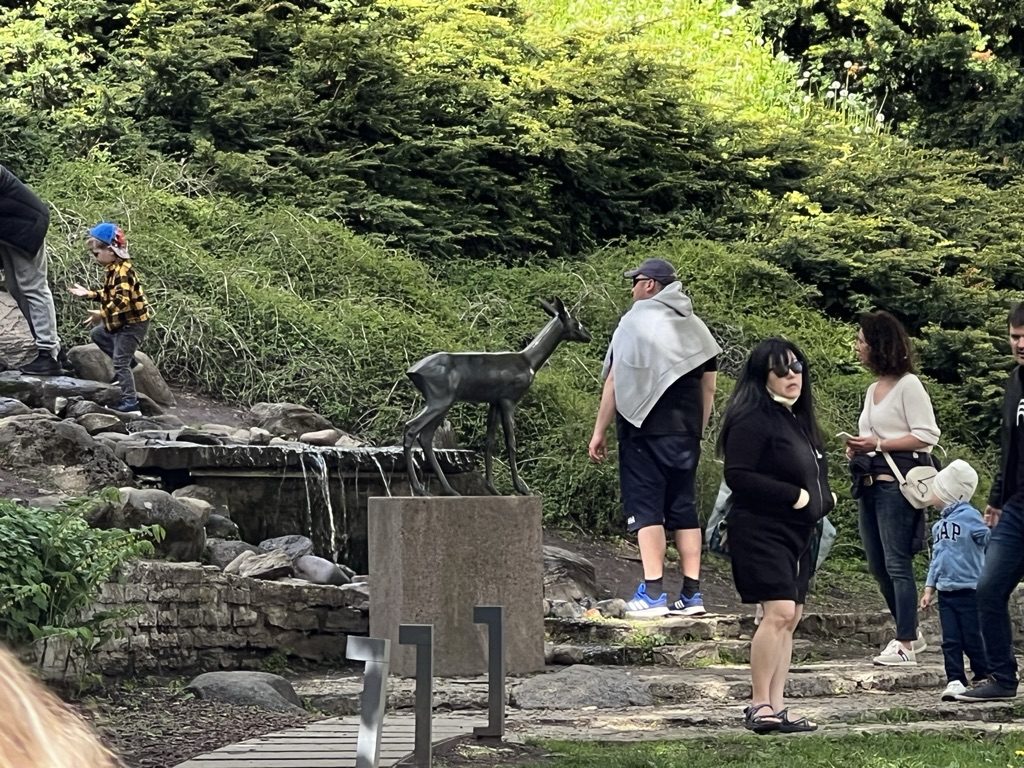
Our final stop was the Balti Jaama Turg Market set on three levels selling fresh fruit, flowers and other wares. We were there to taste beer! A quick sip of each before we had to head back to the ferry! We had certainly enjoyed our taste of Estonia!
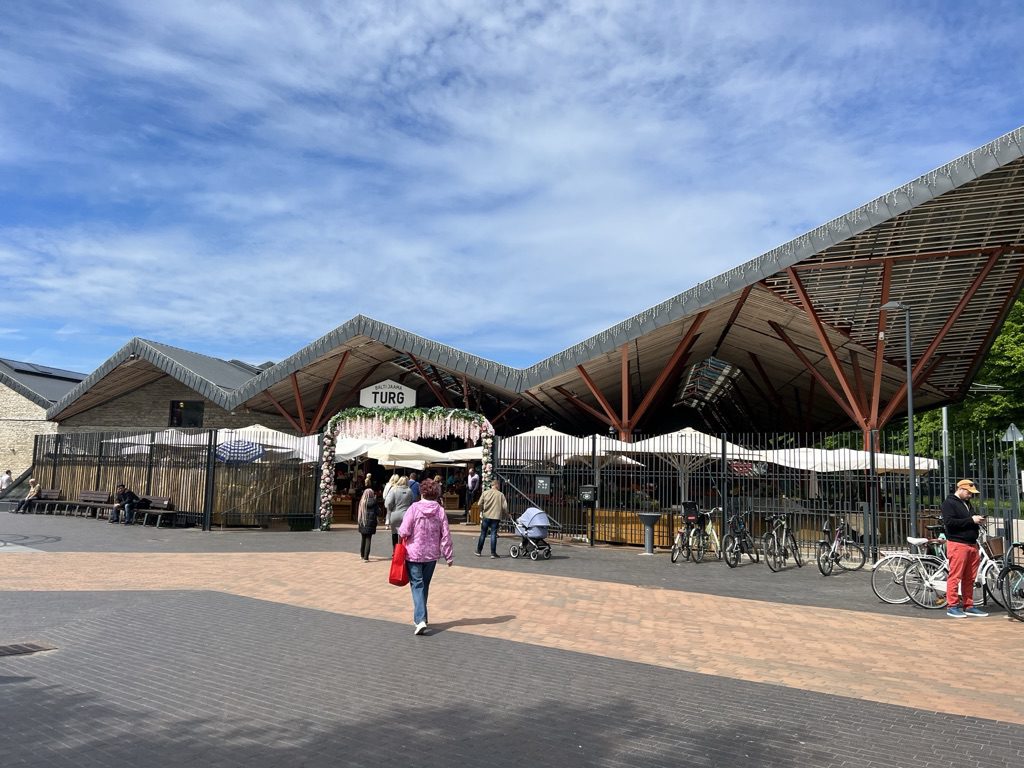
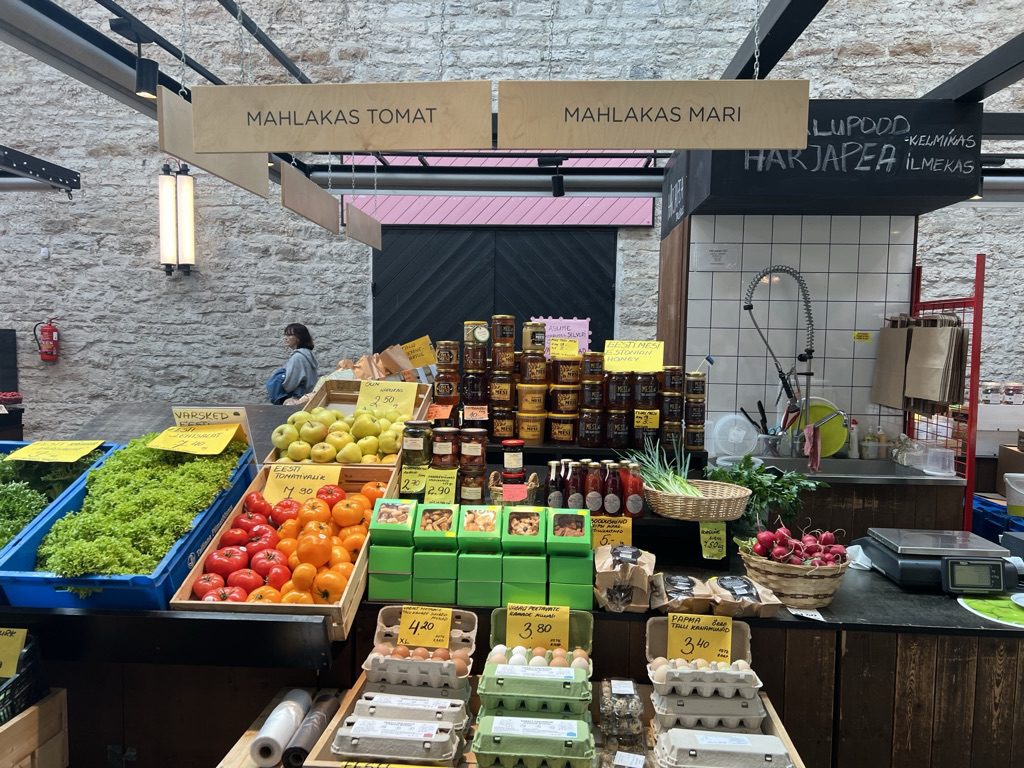
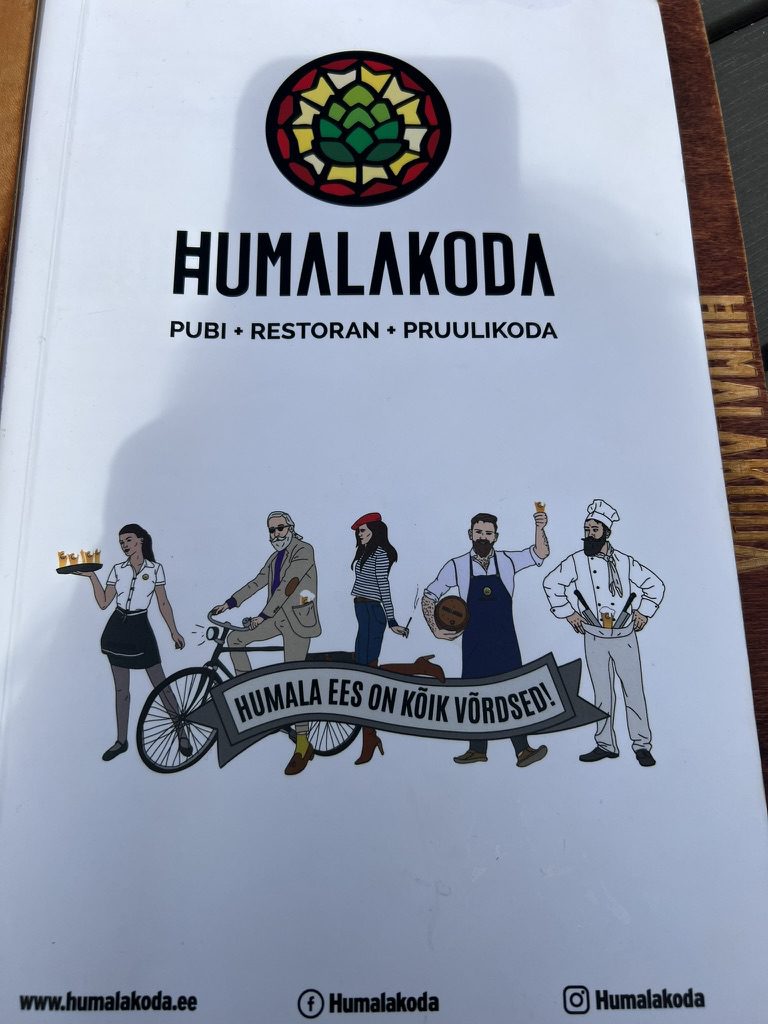
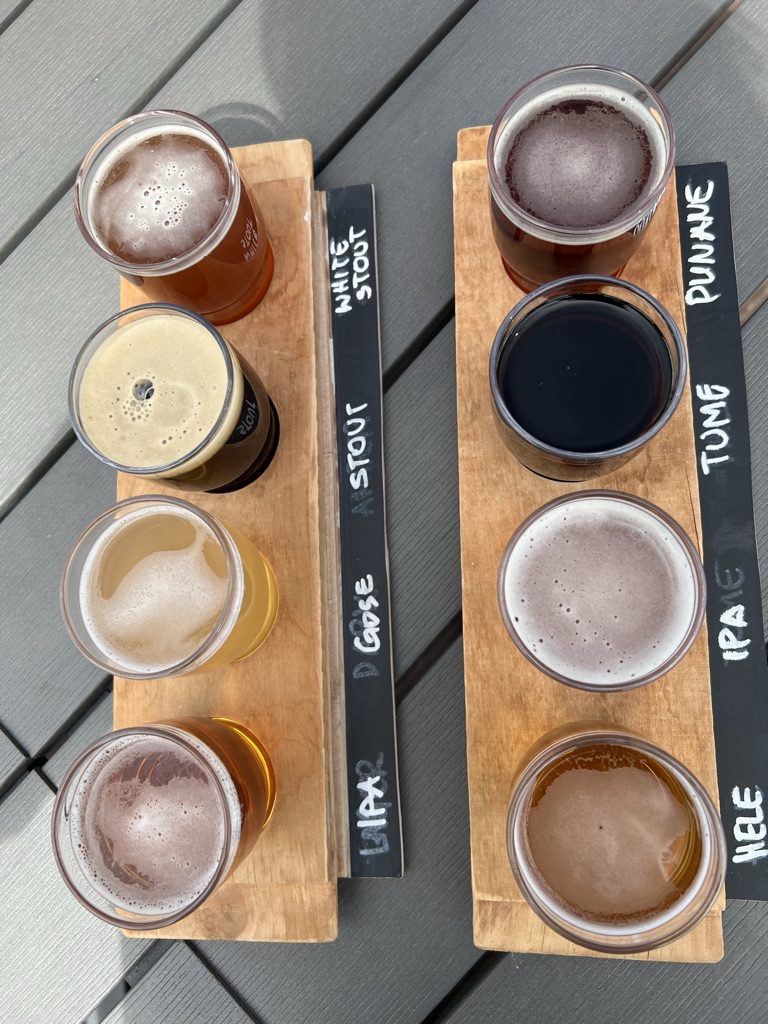
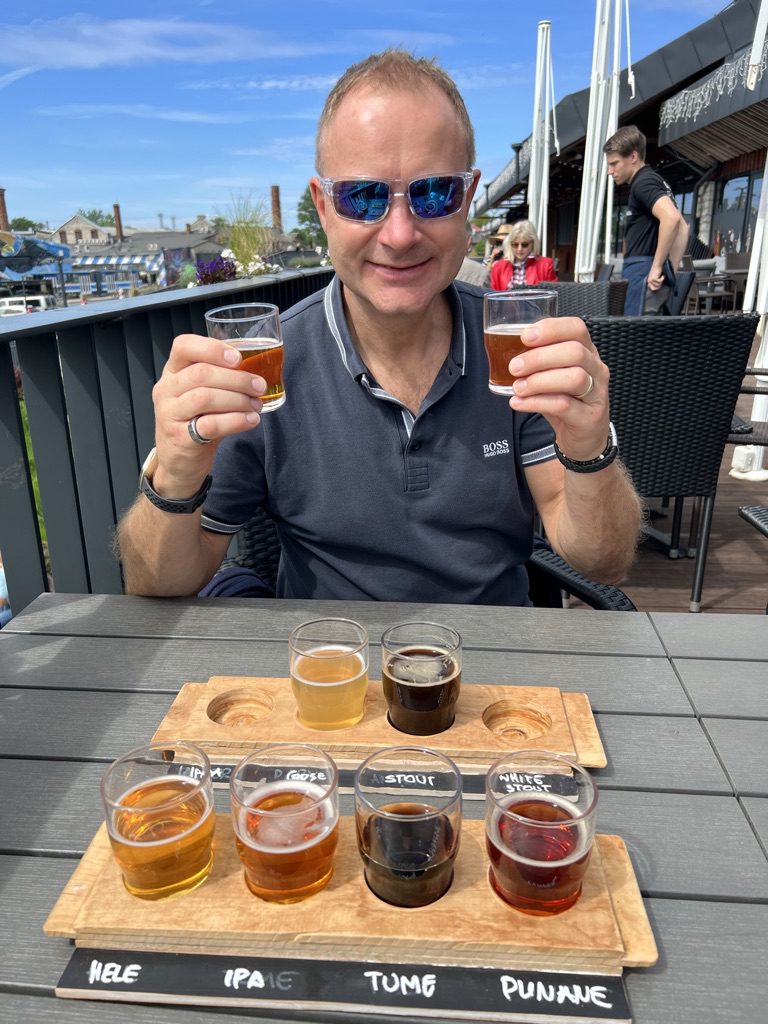
We headed back to the ferry terminal and boarded our 1.30pm departure. It was much busier so we upgraded to the Comfort Lounge which was very quiet and civilised – we were just too full to sample the food! We did smile at the large pink peeing person at the Helsinki Terminal! 🙂
